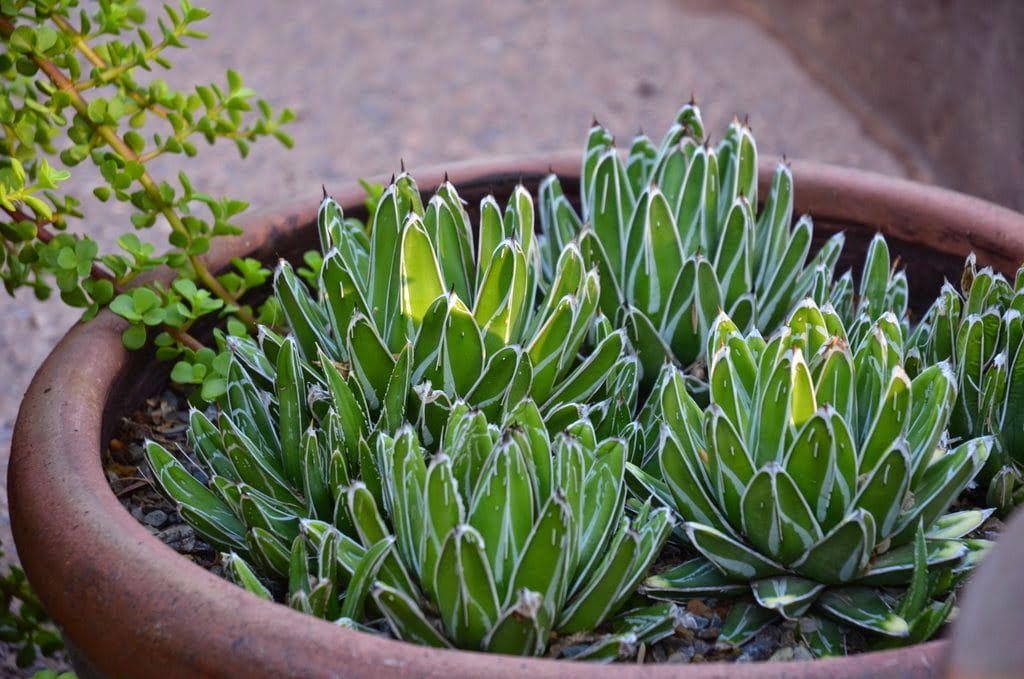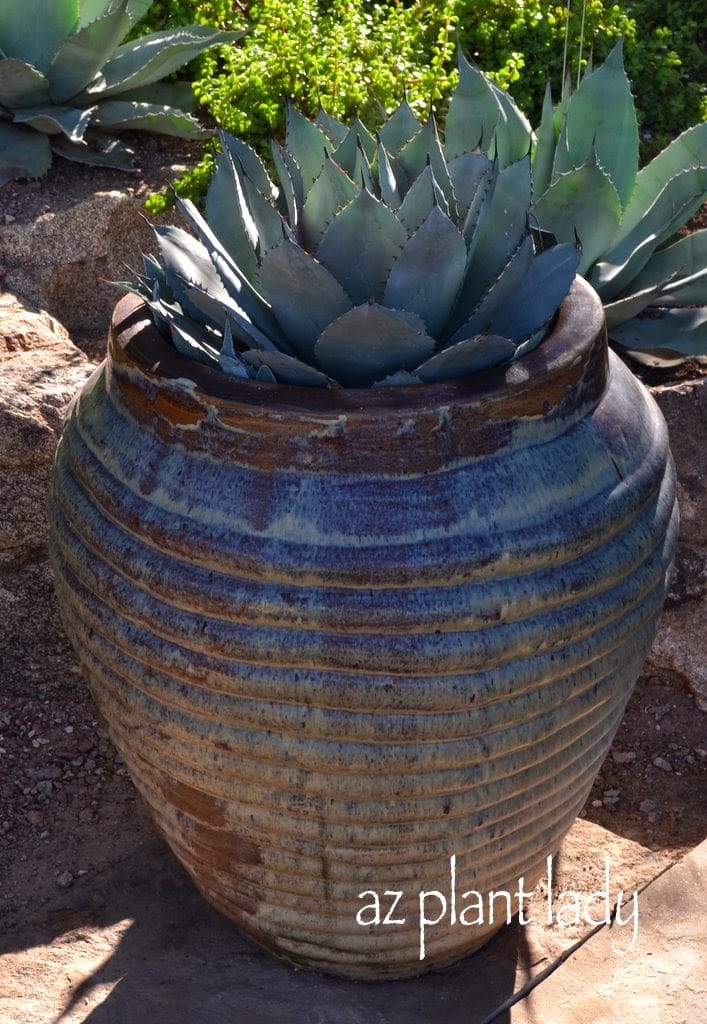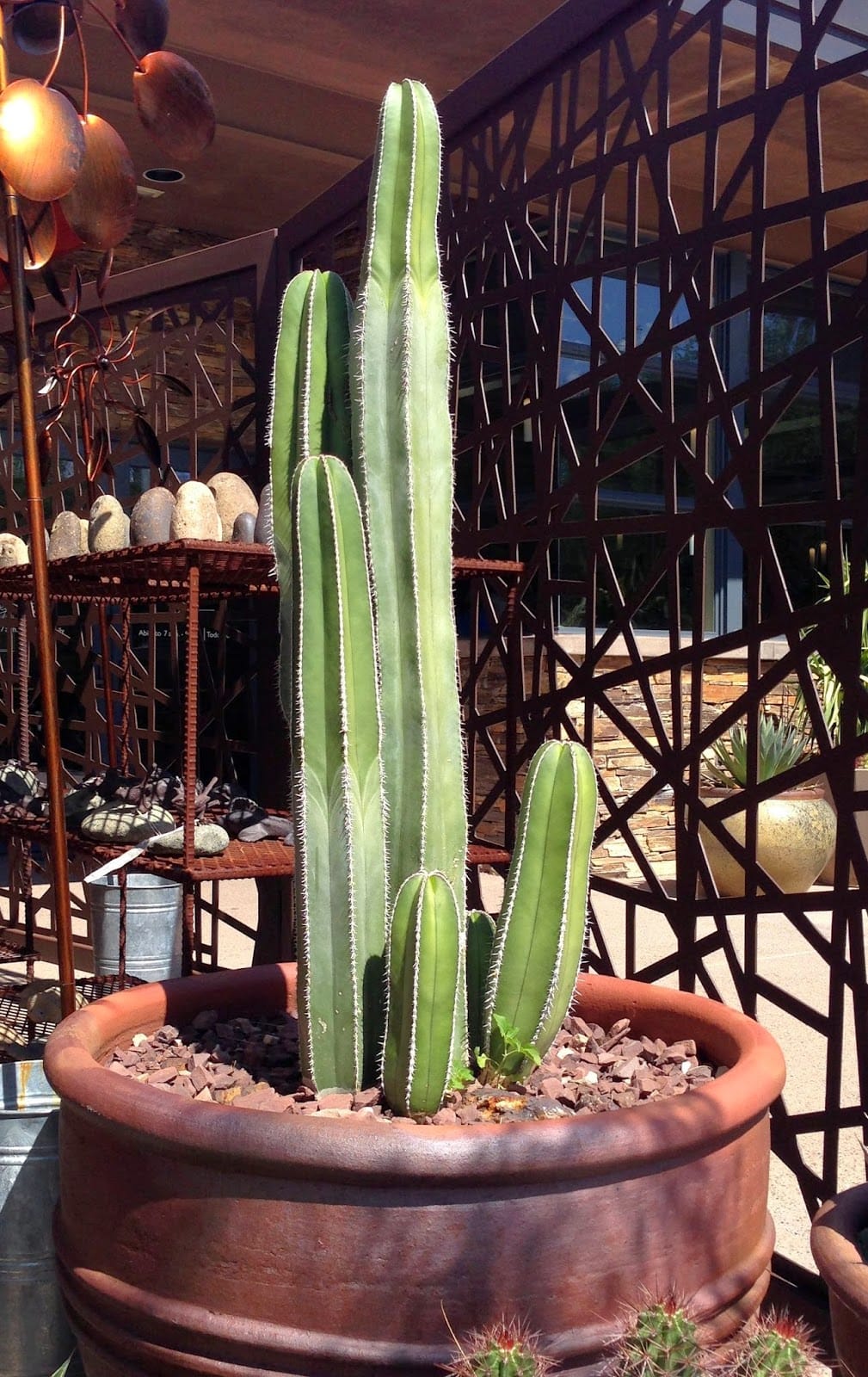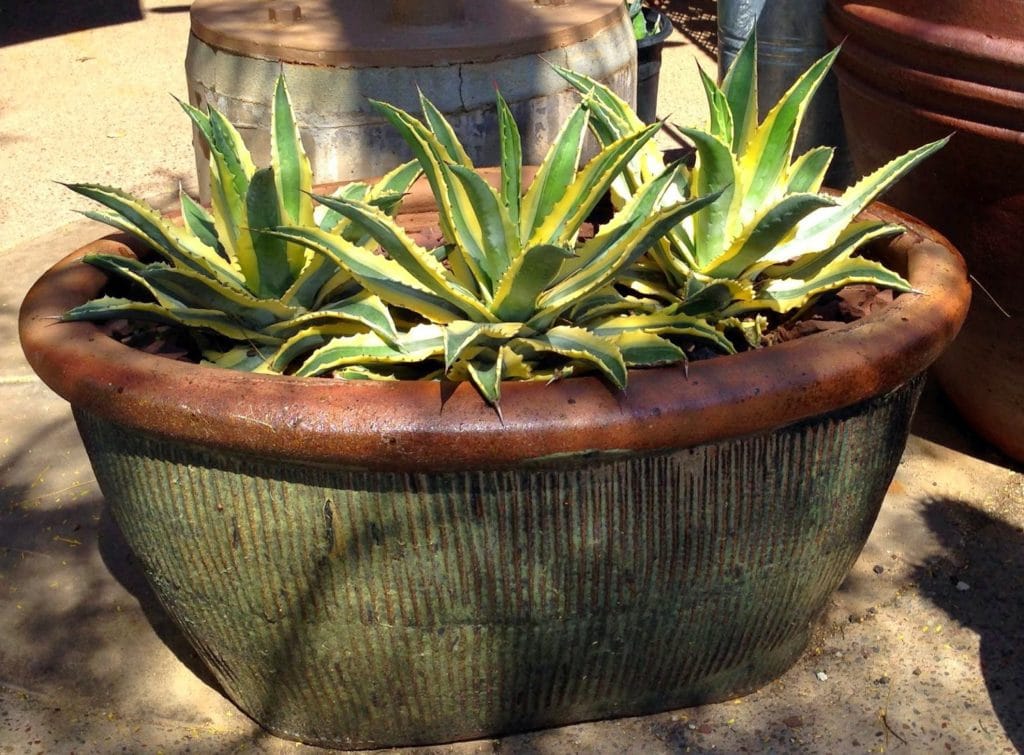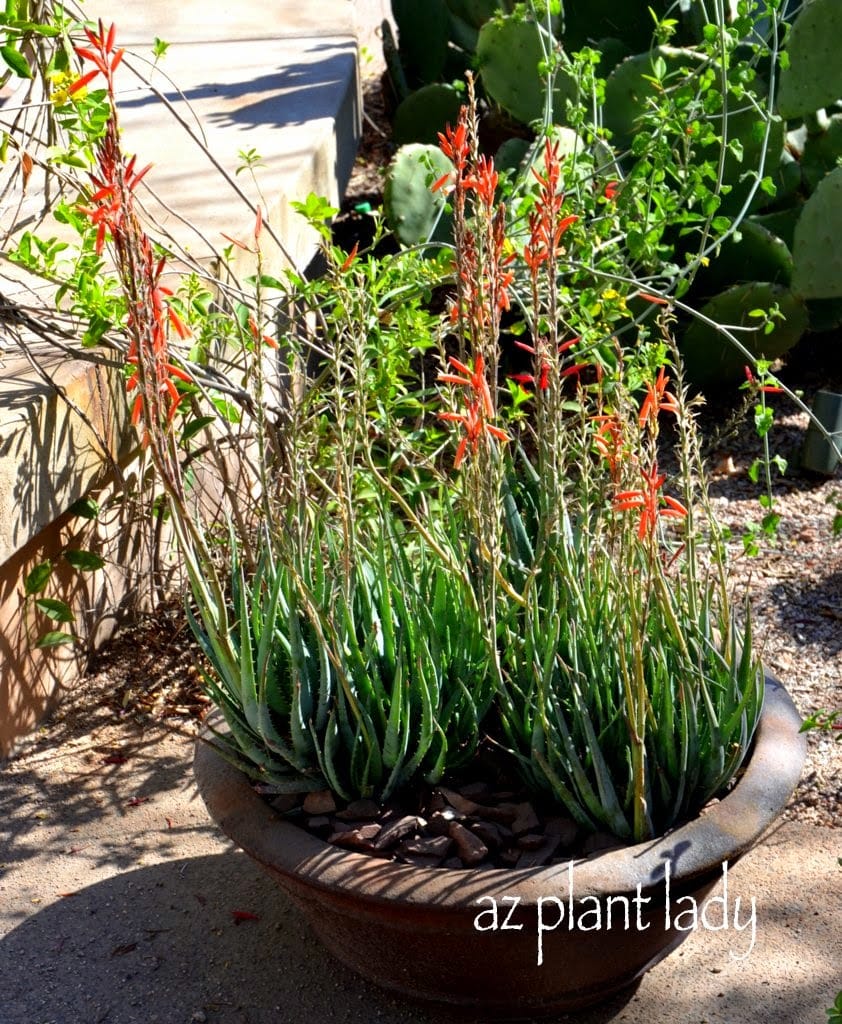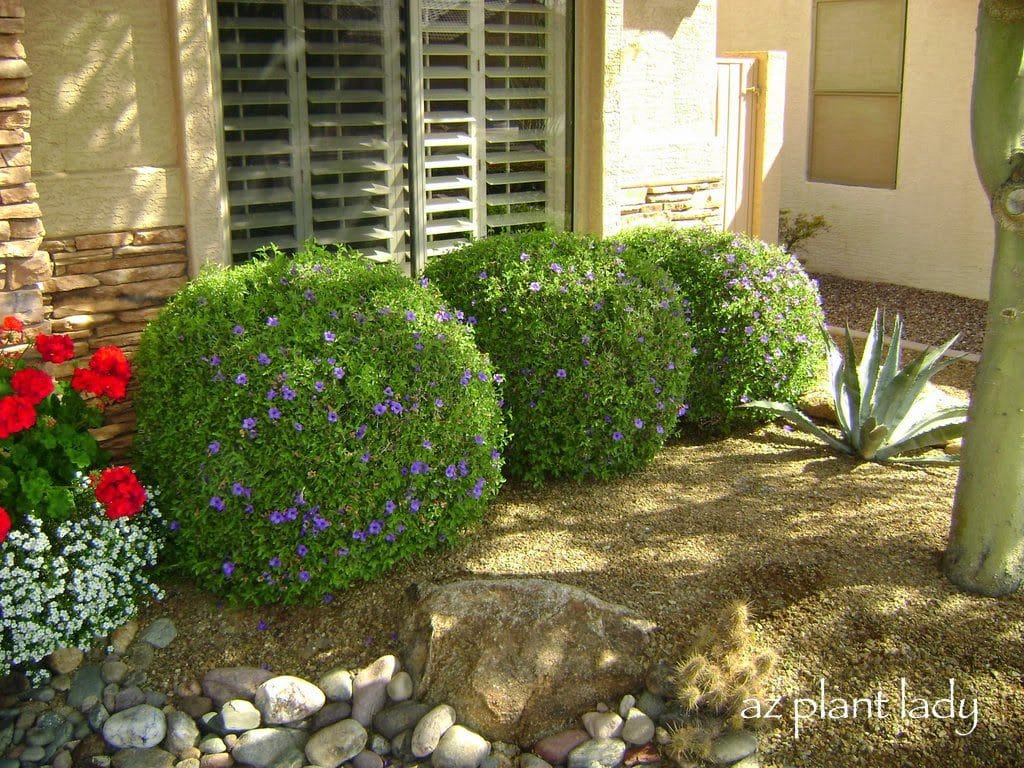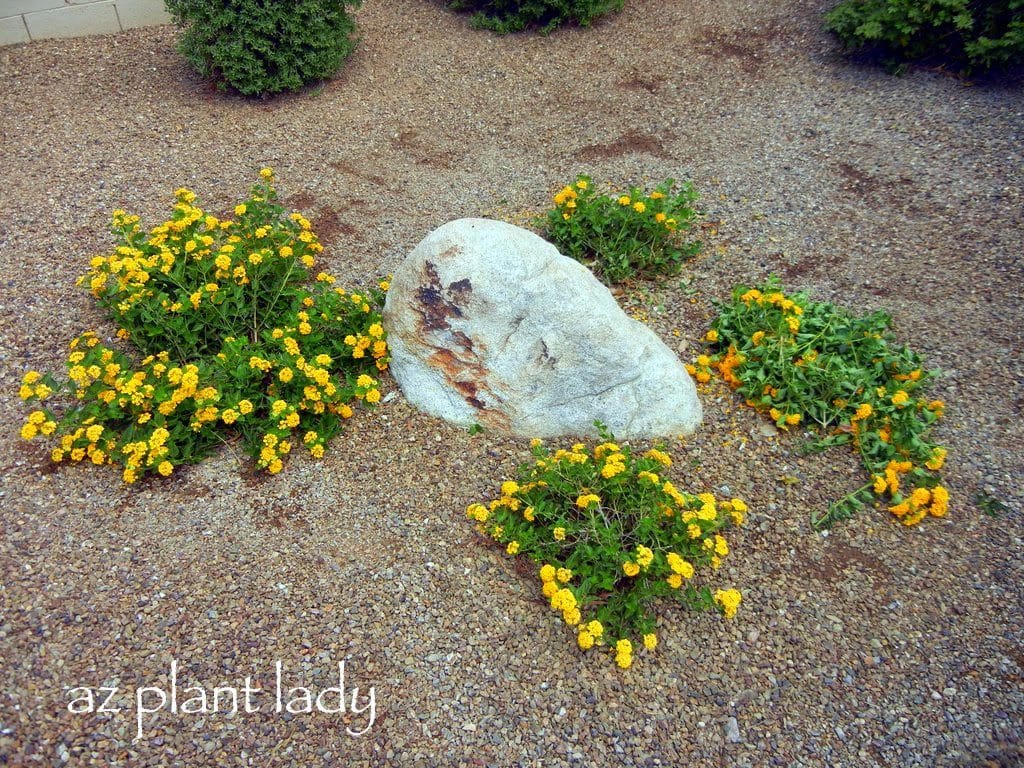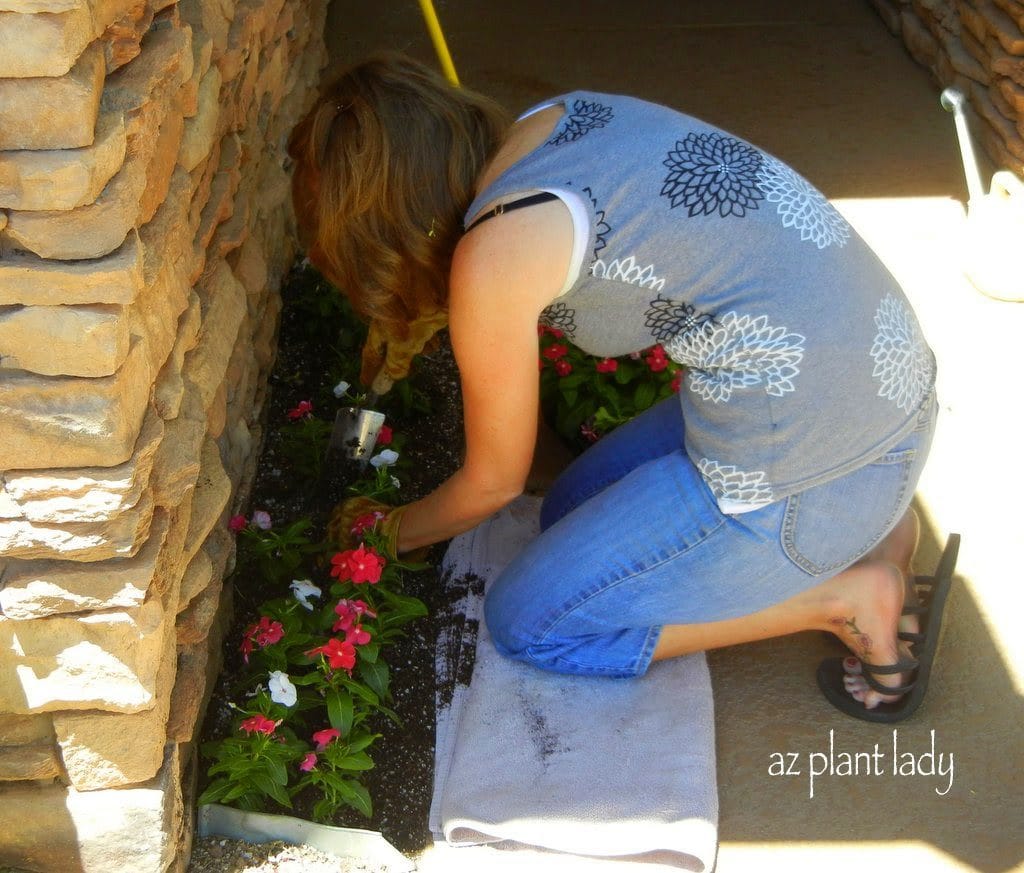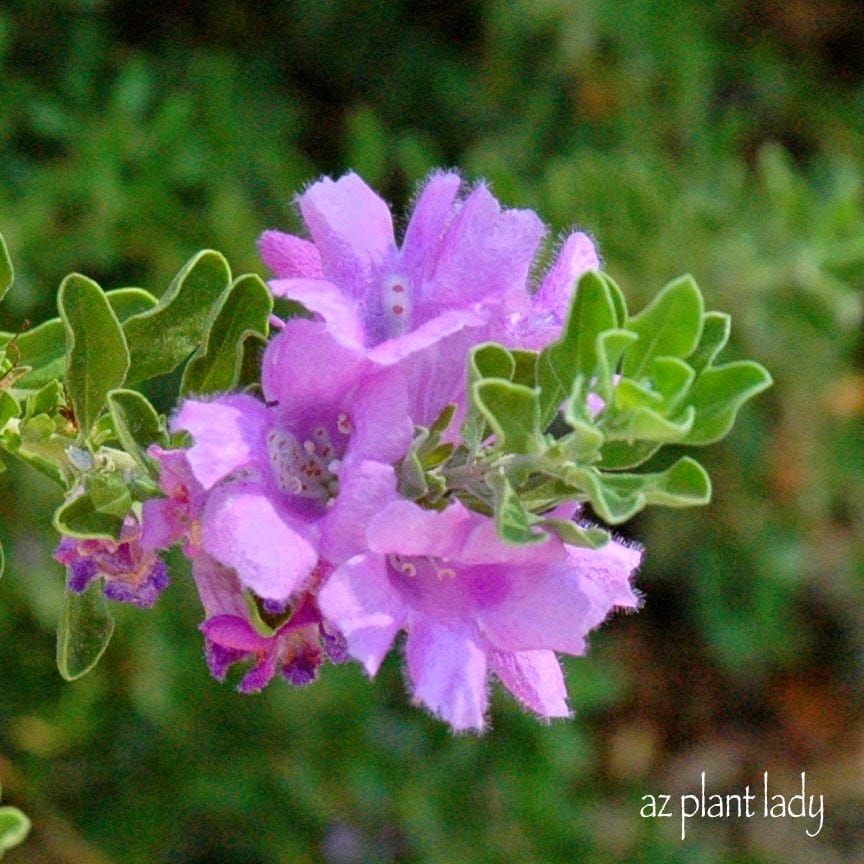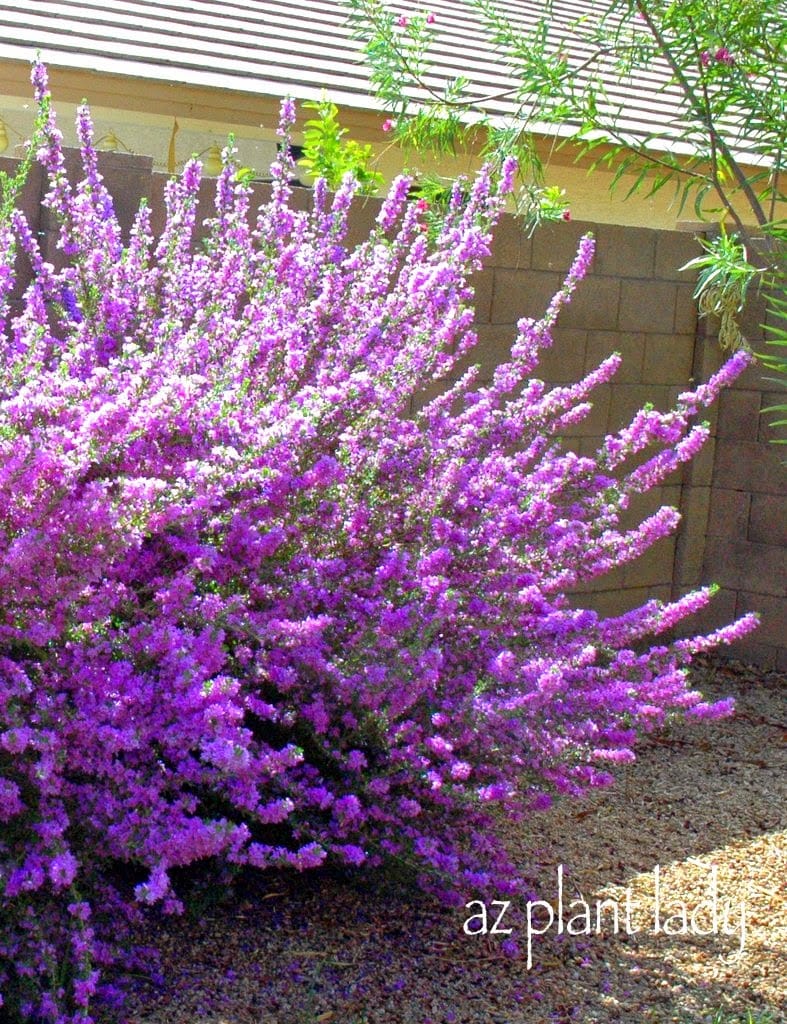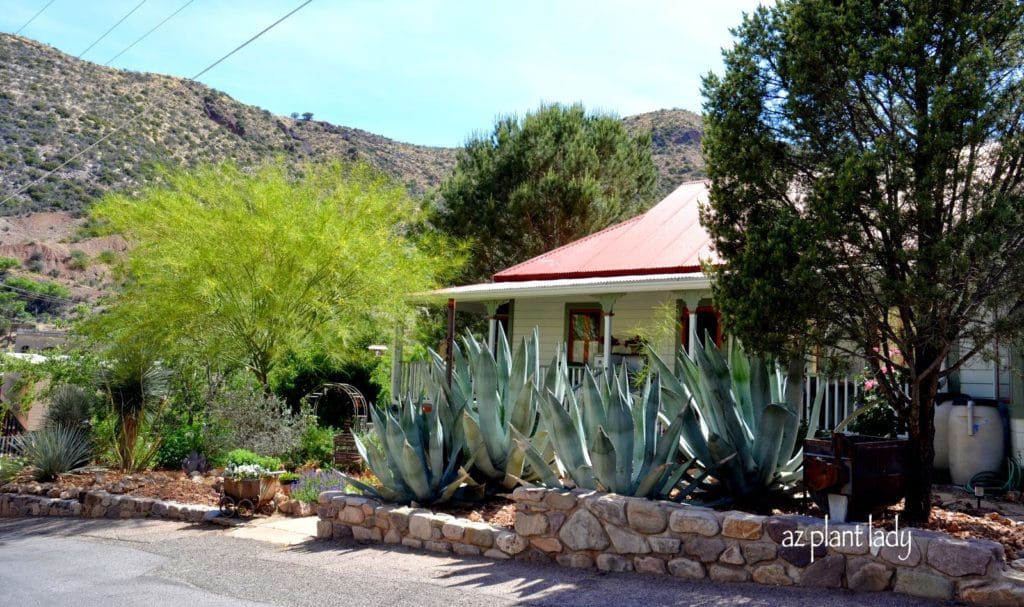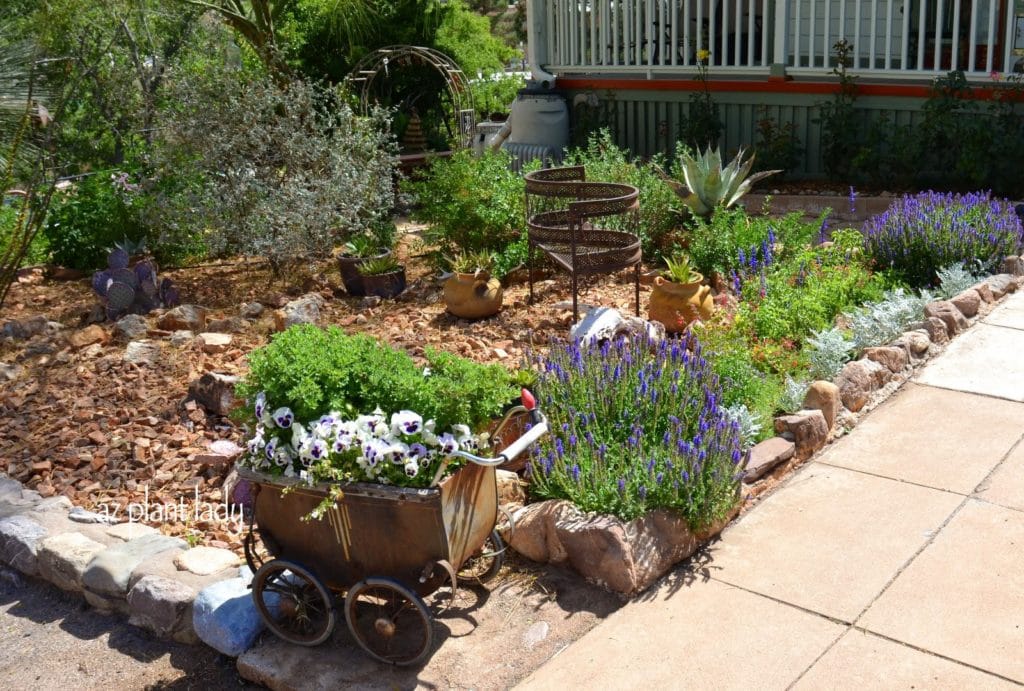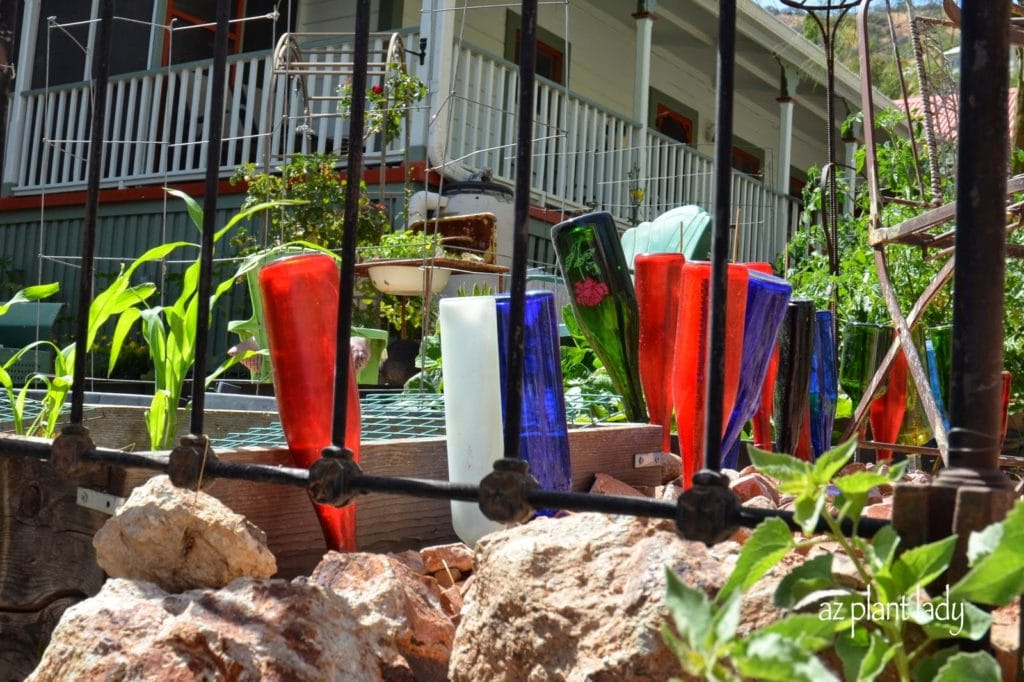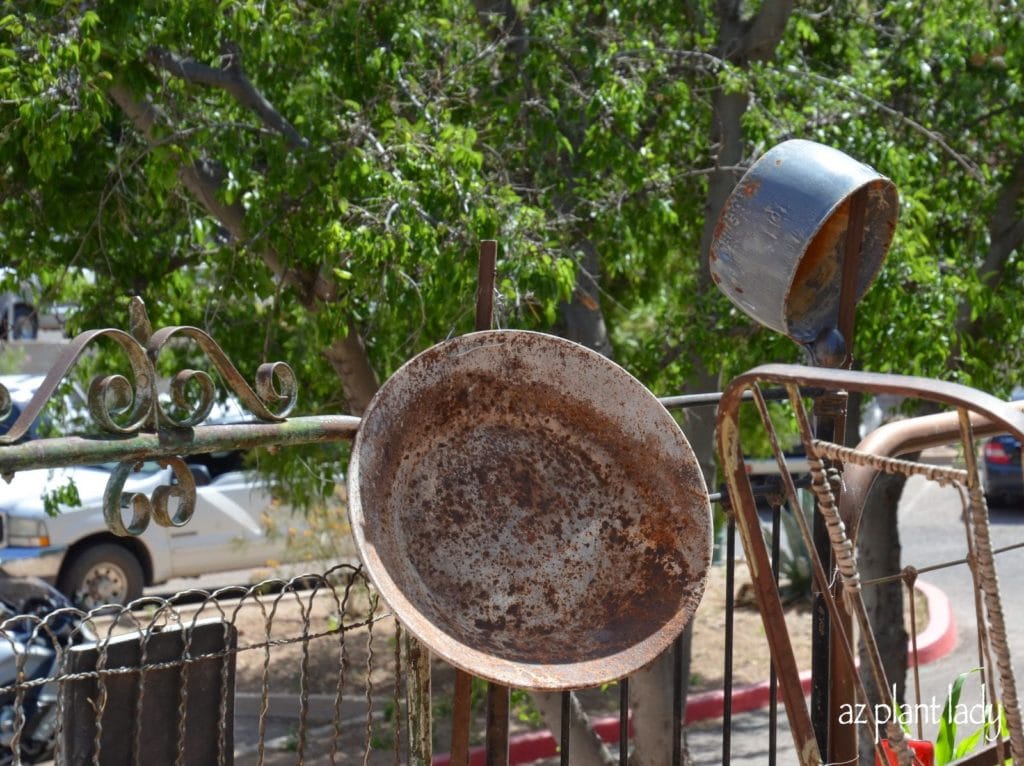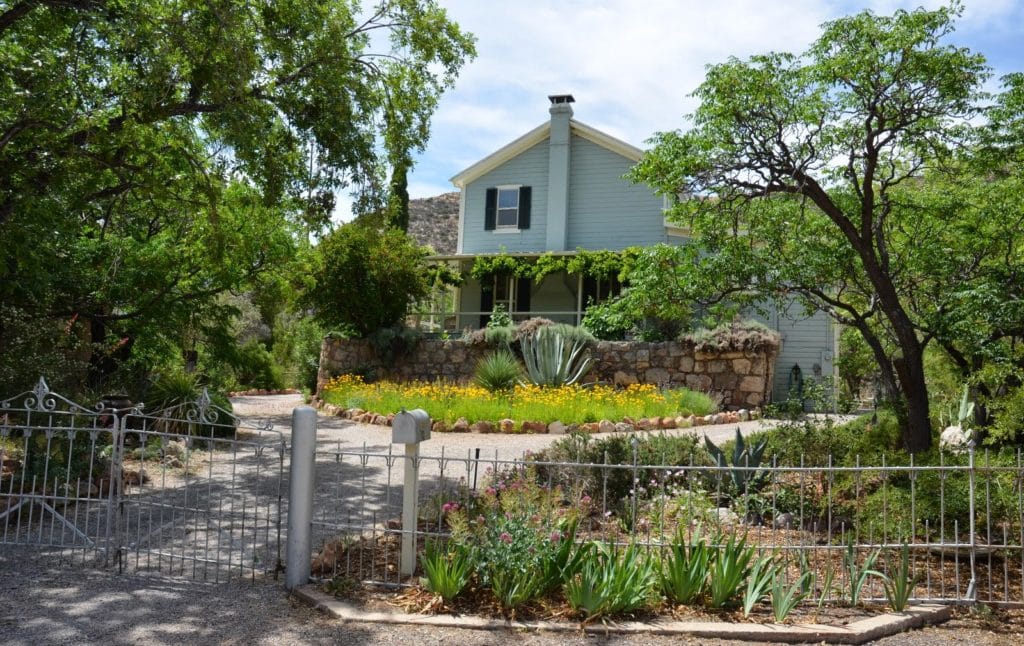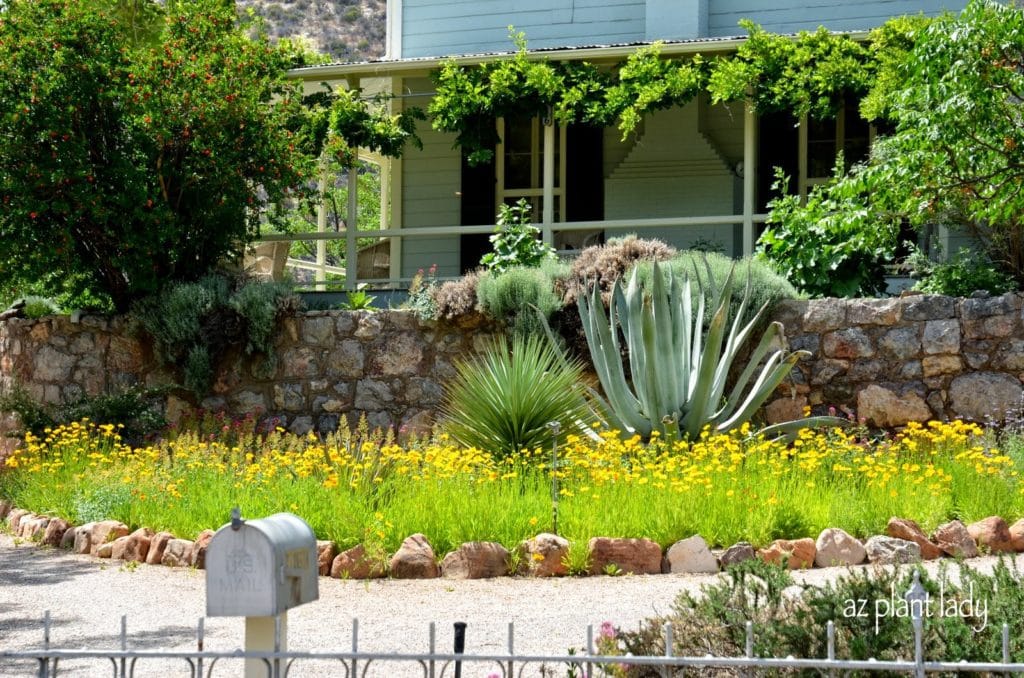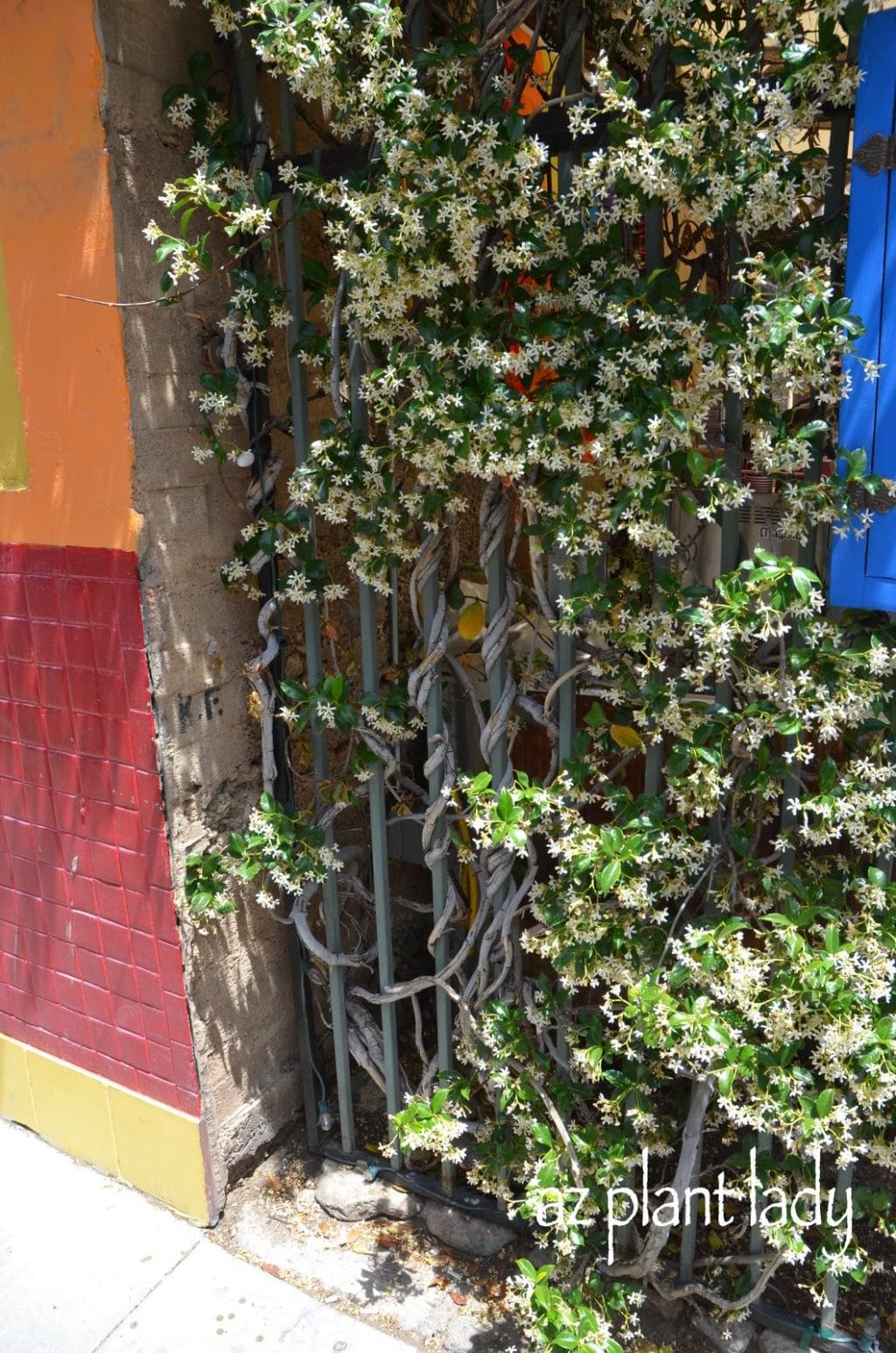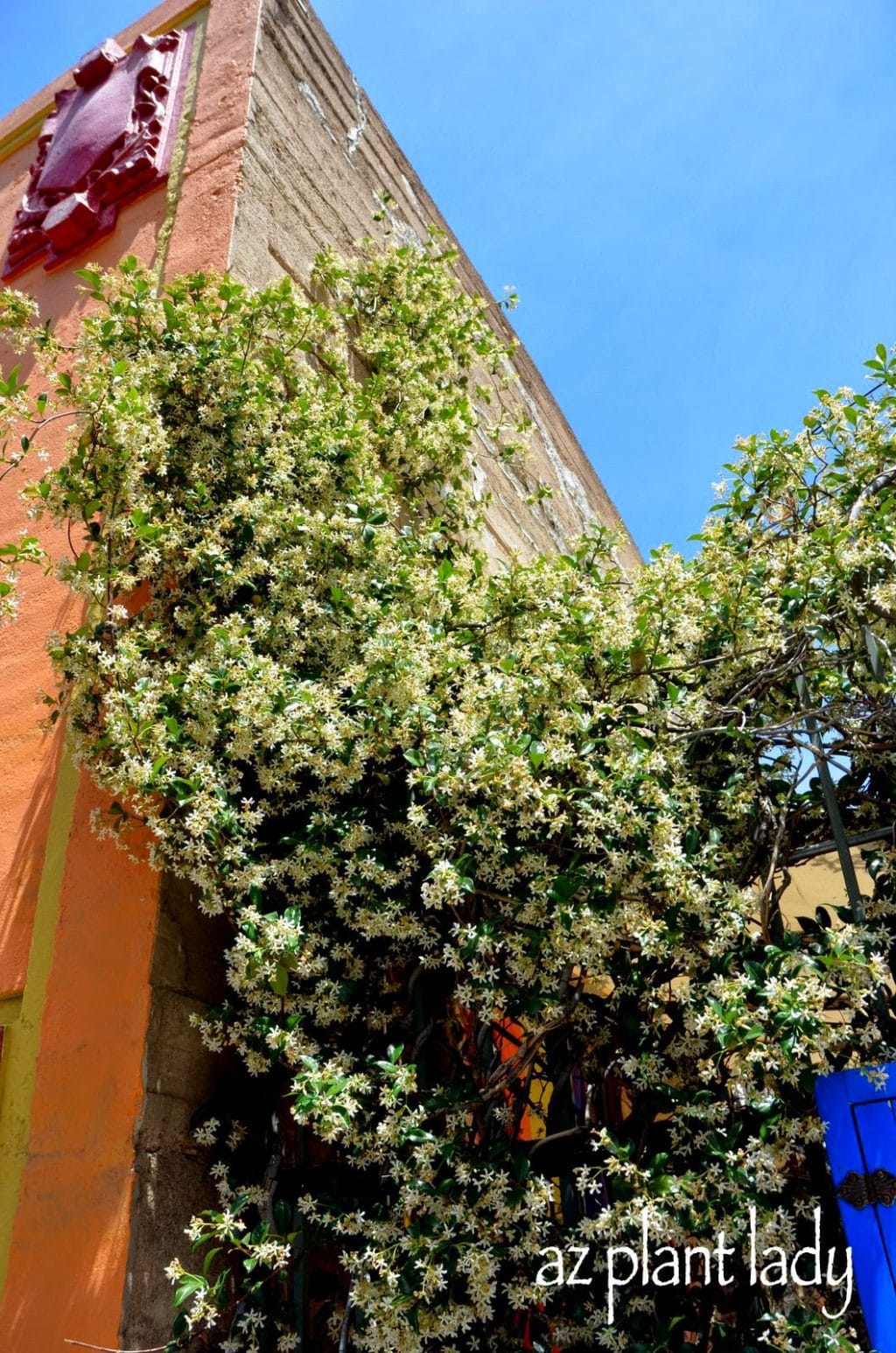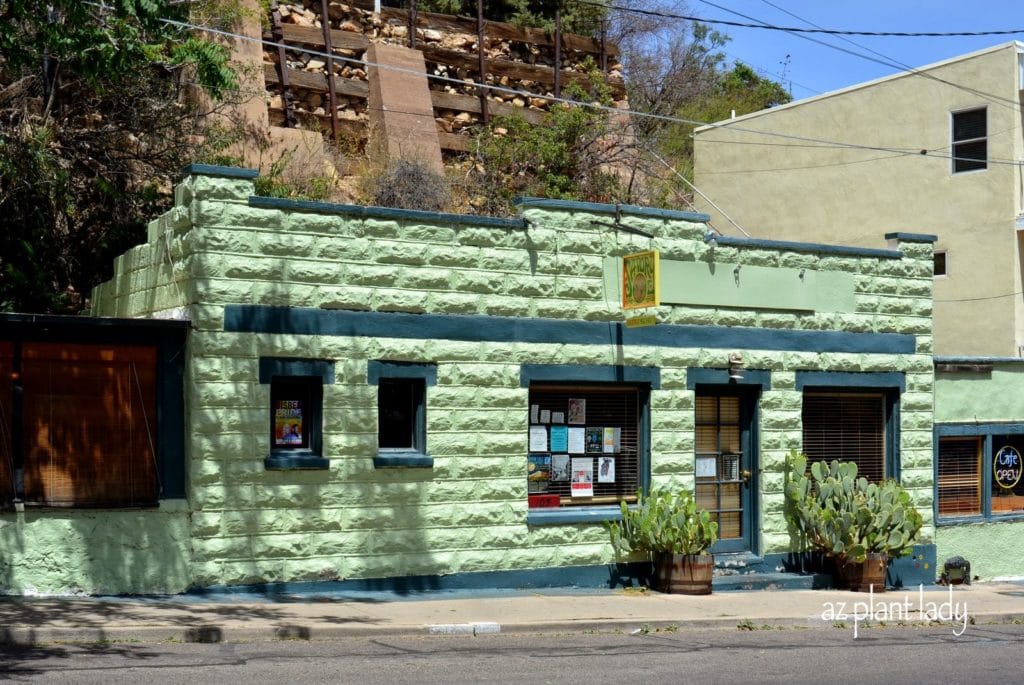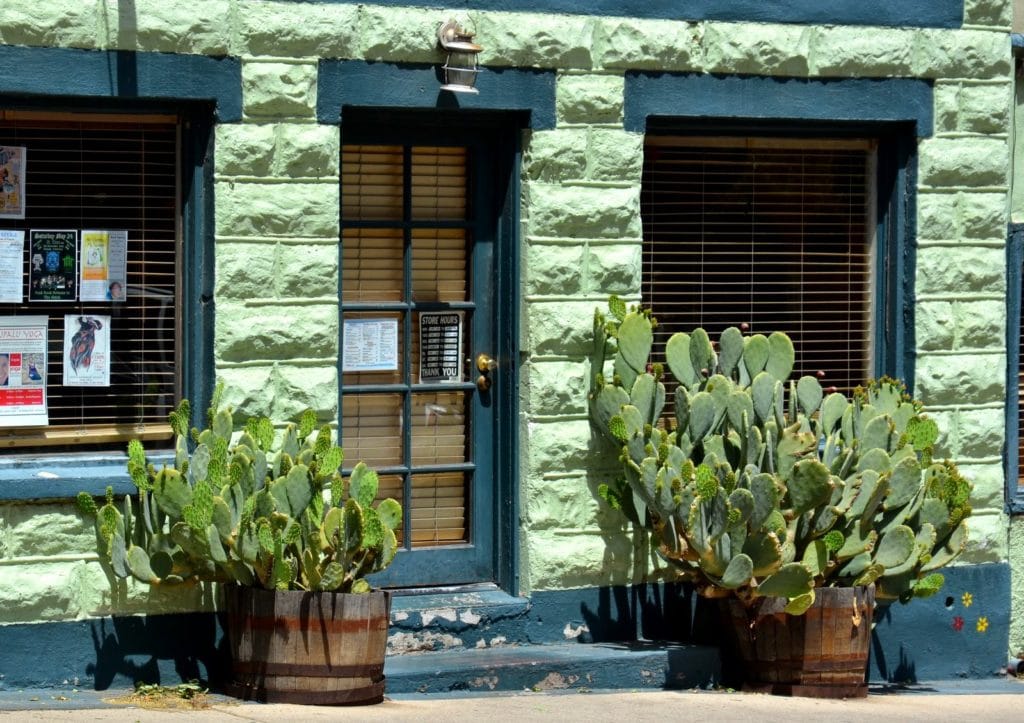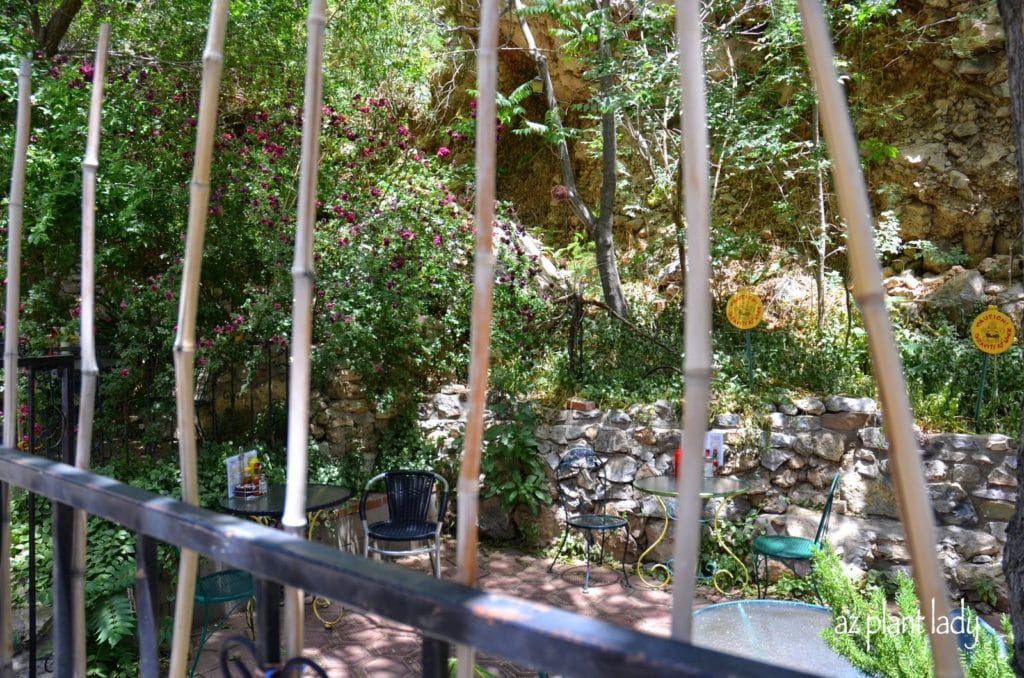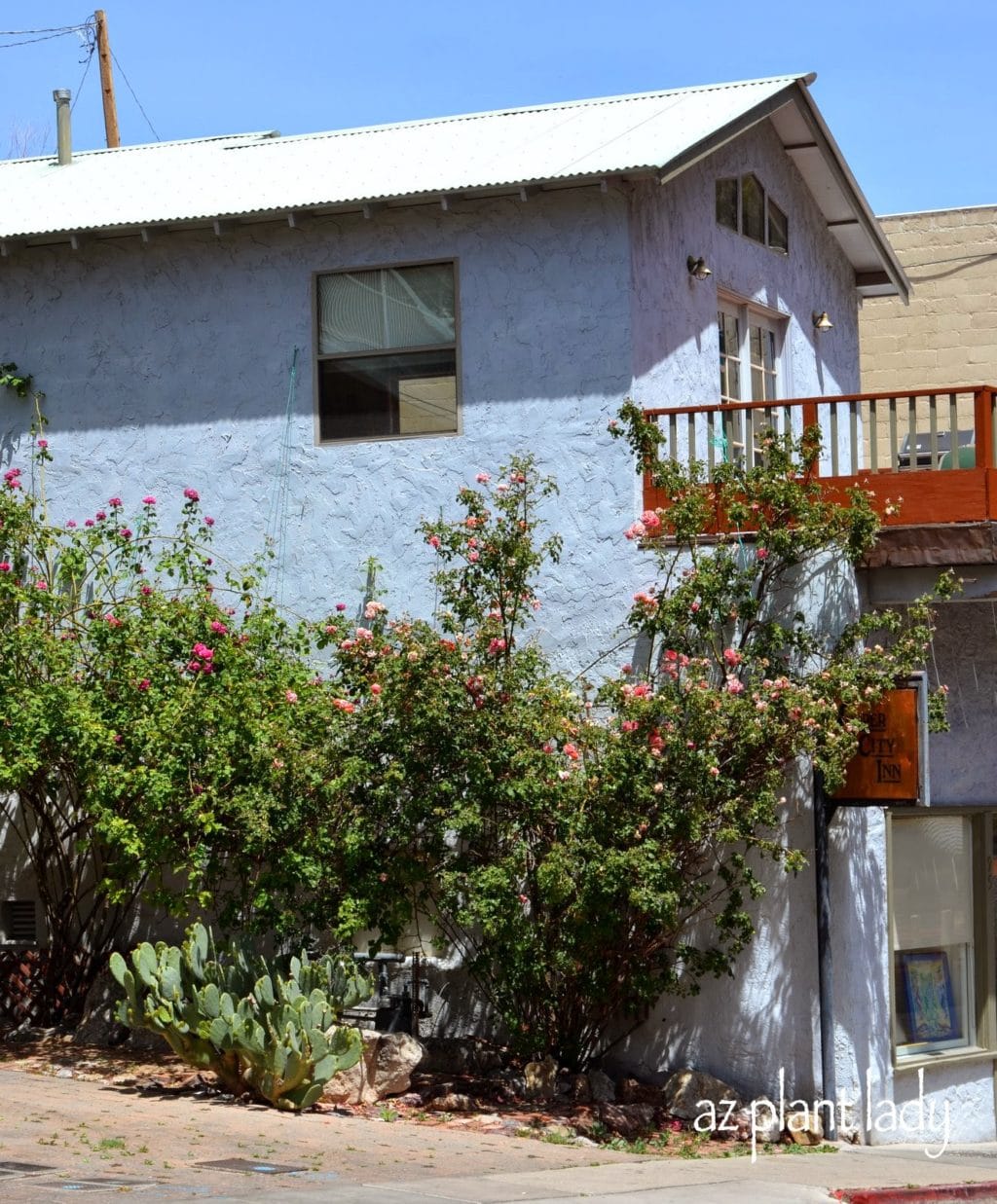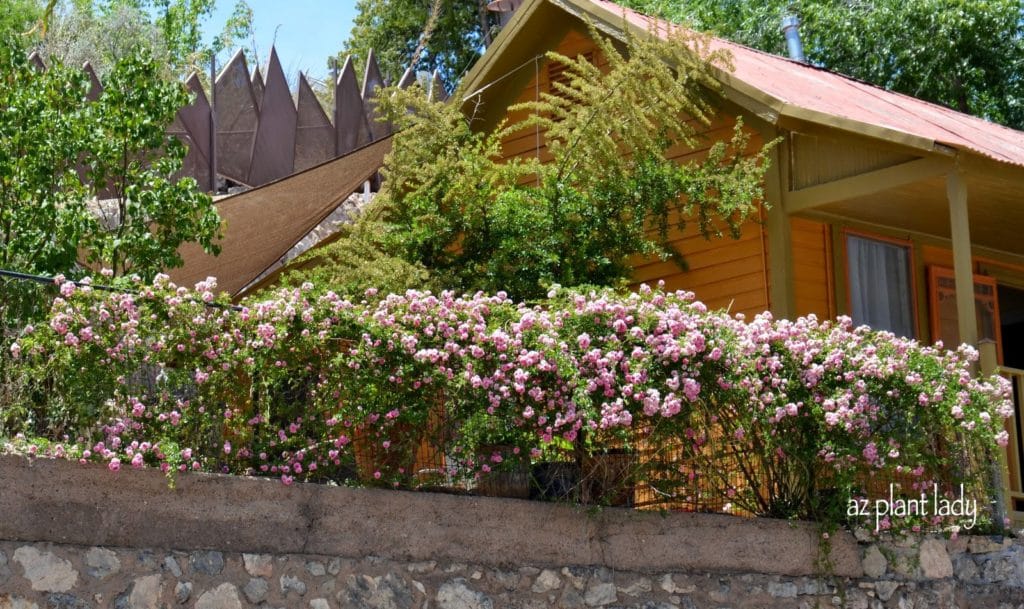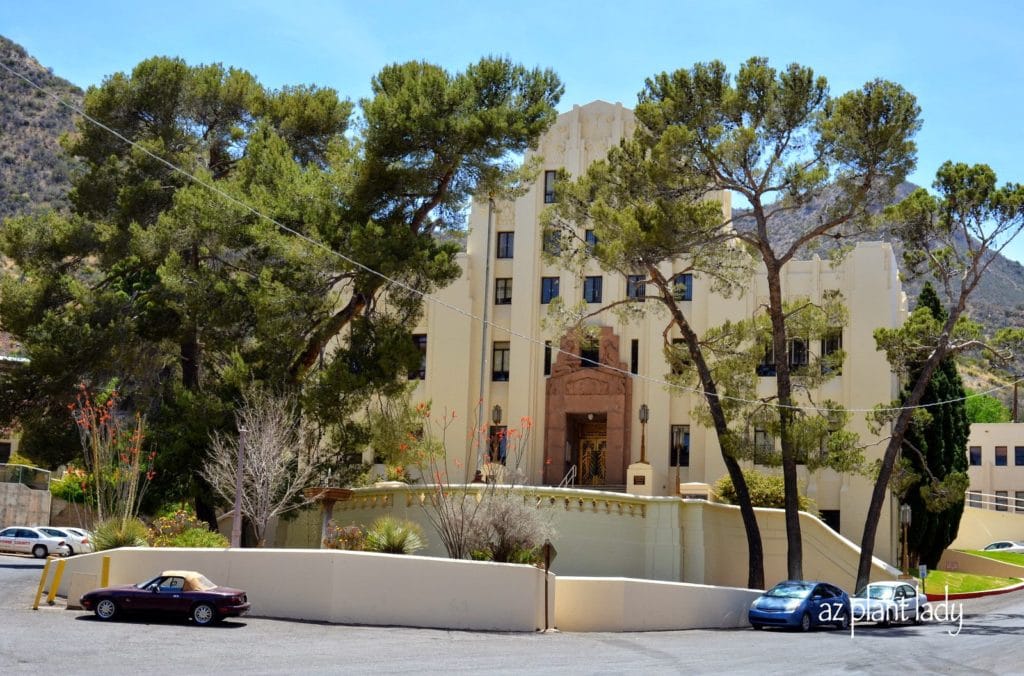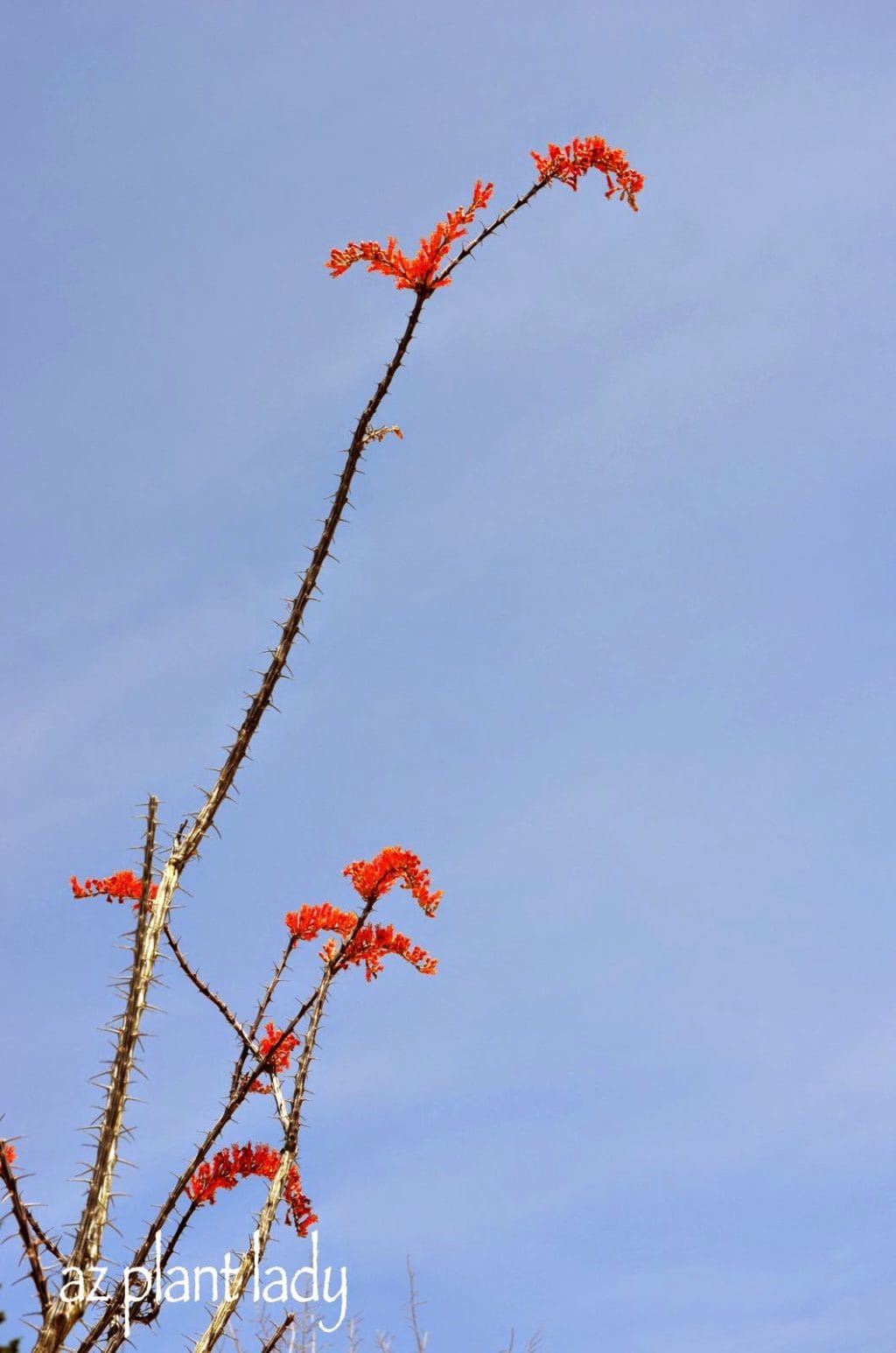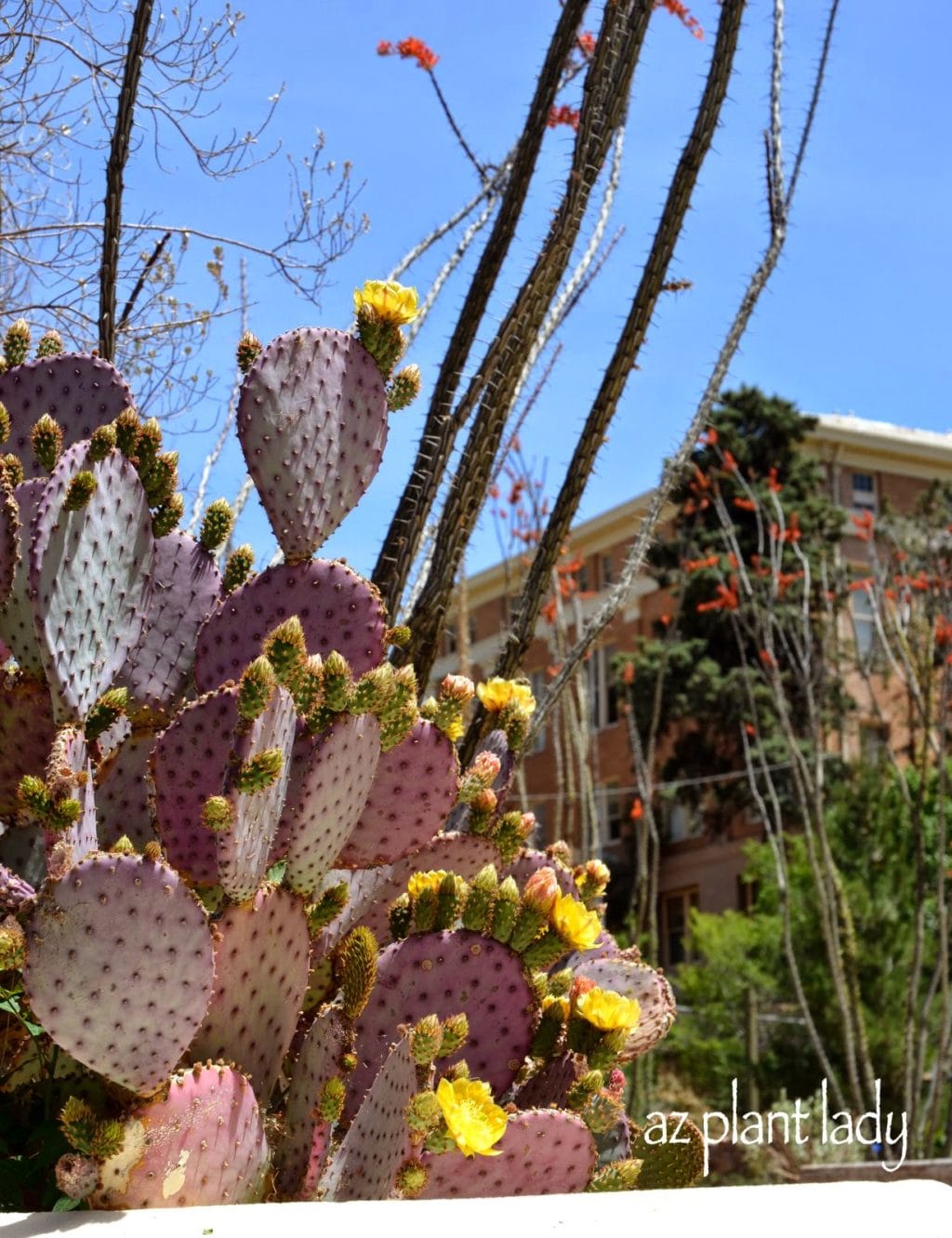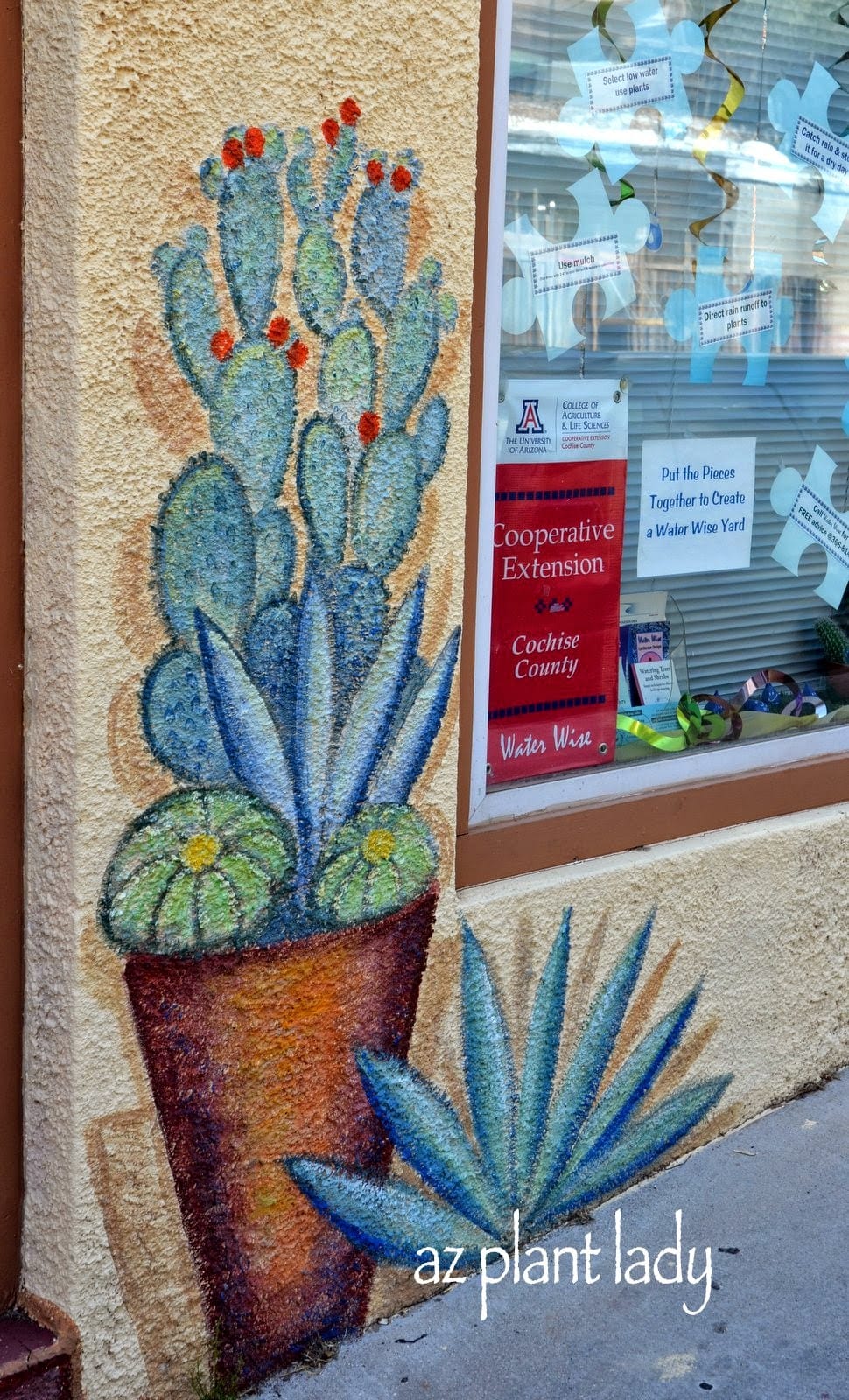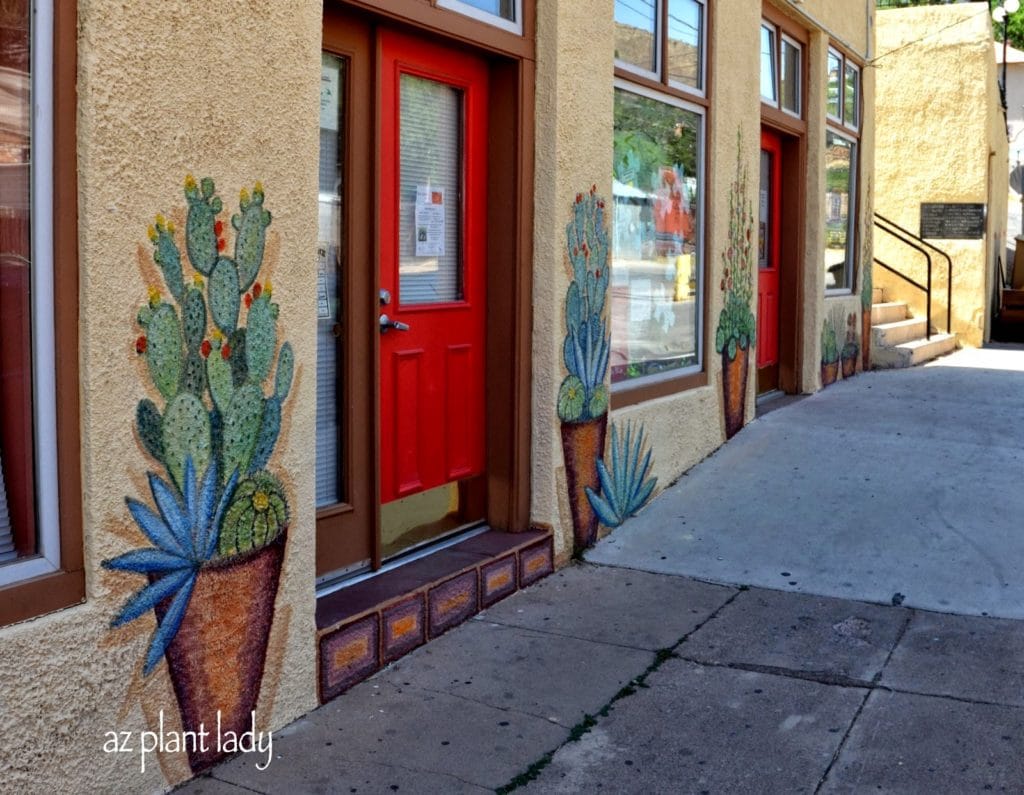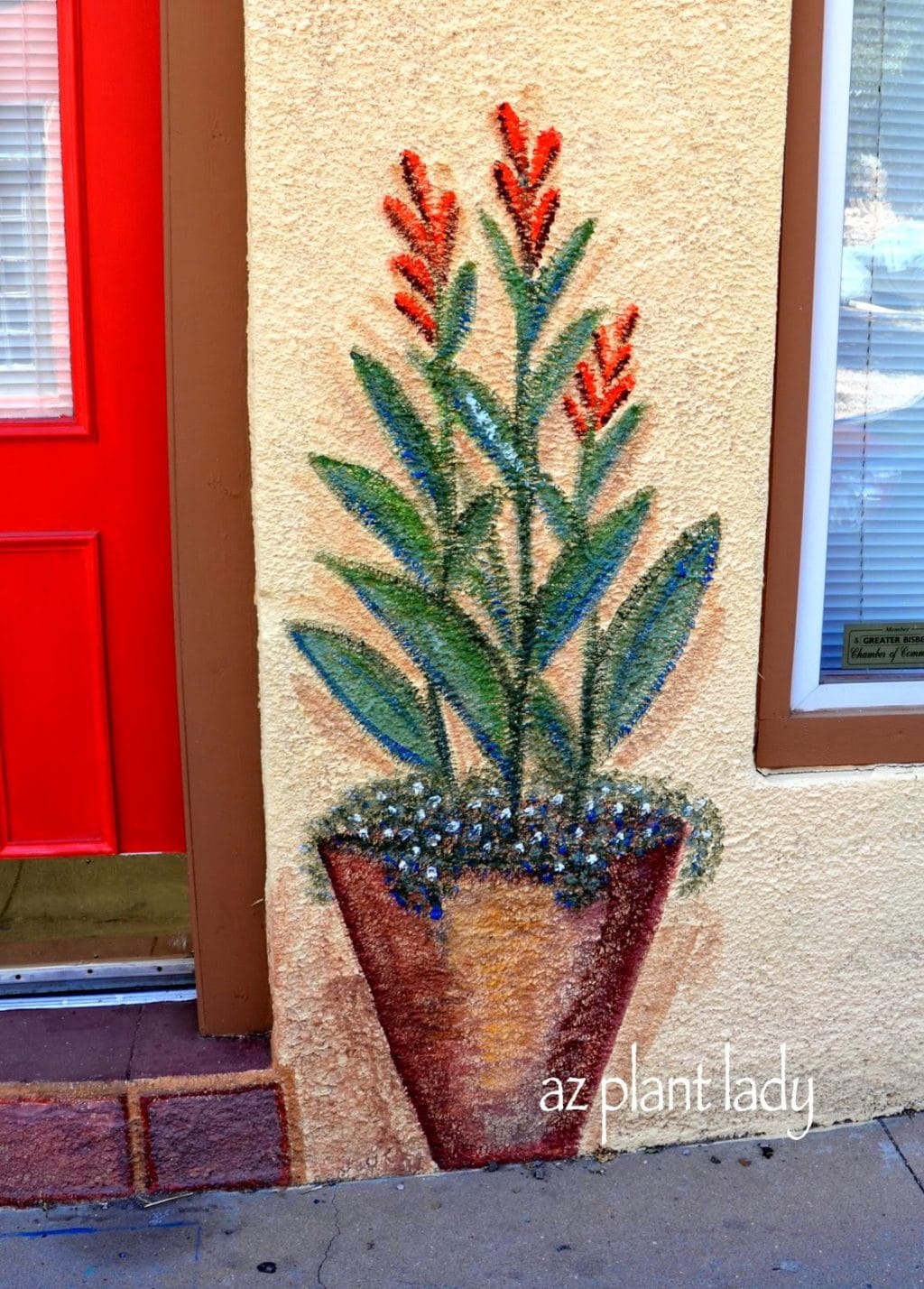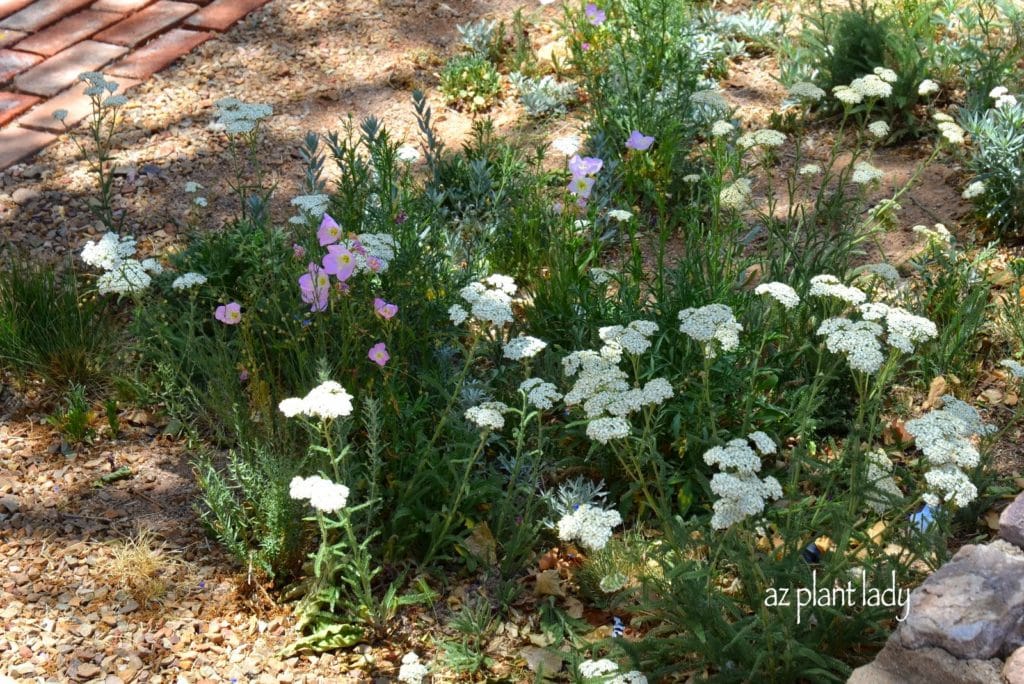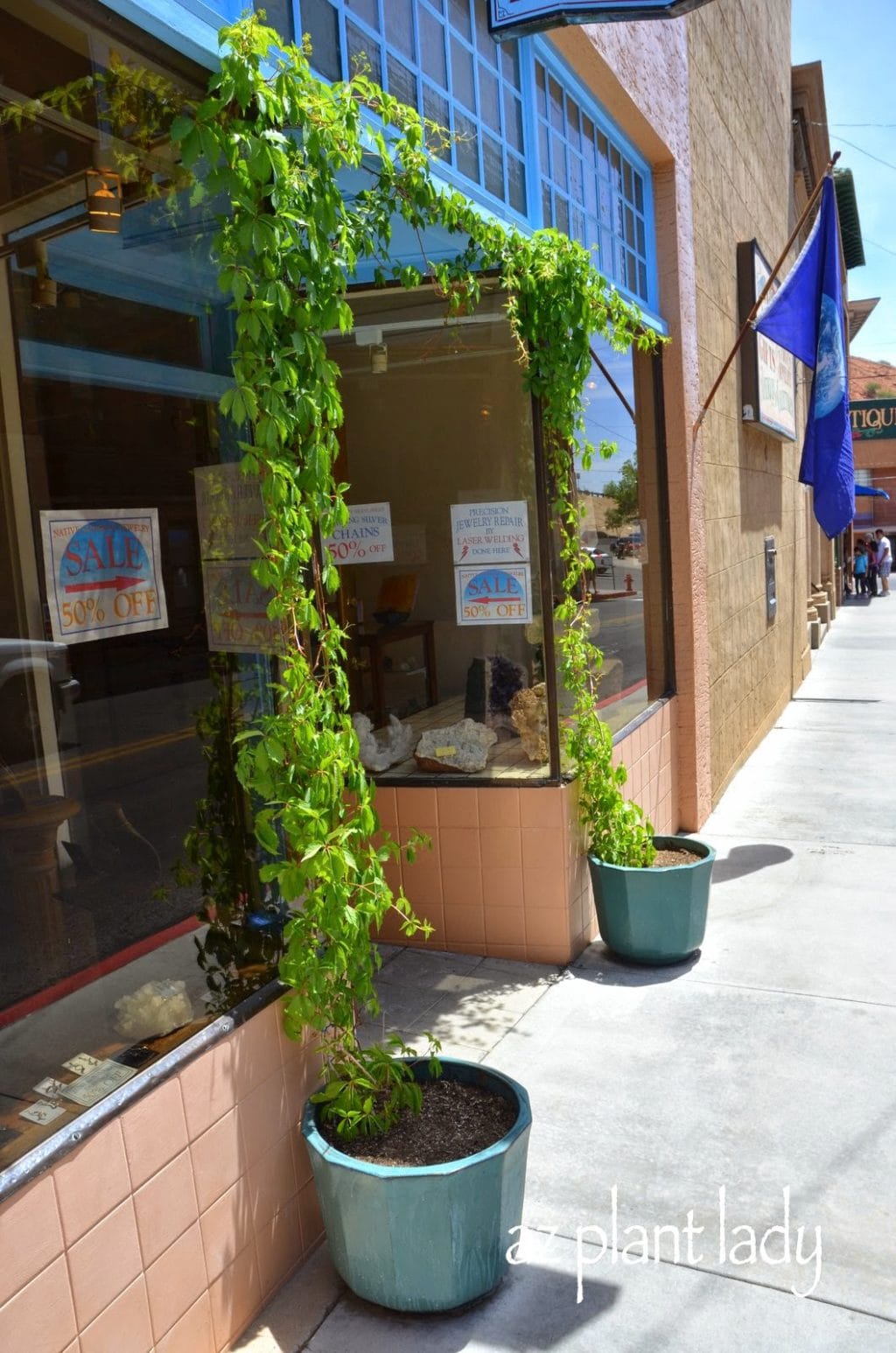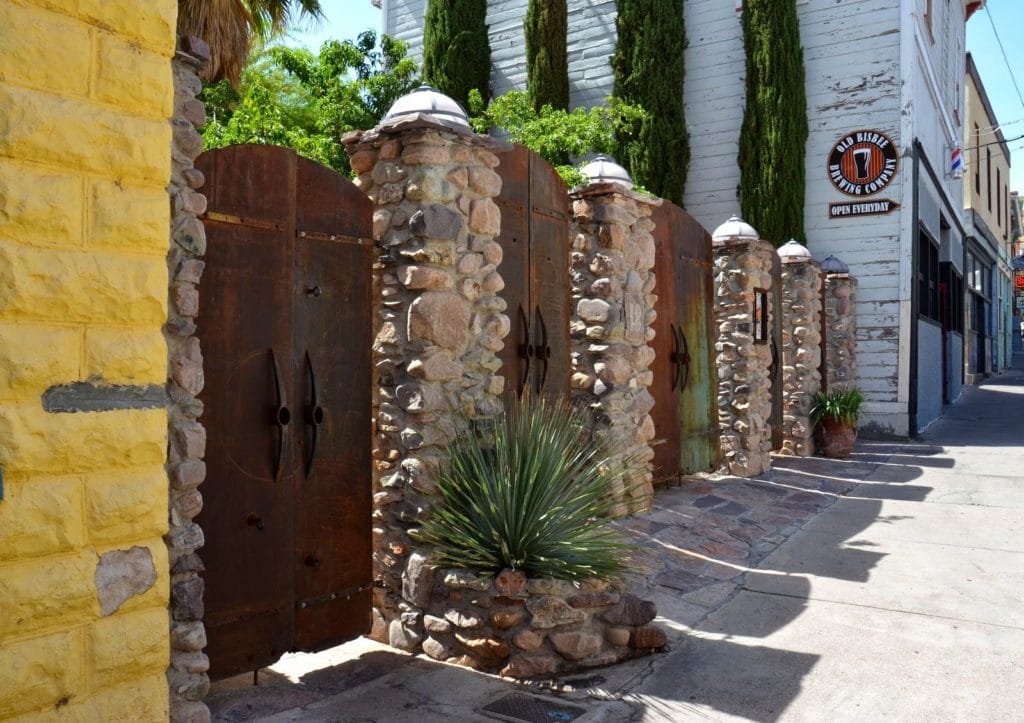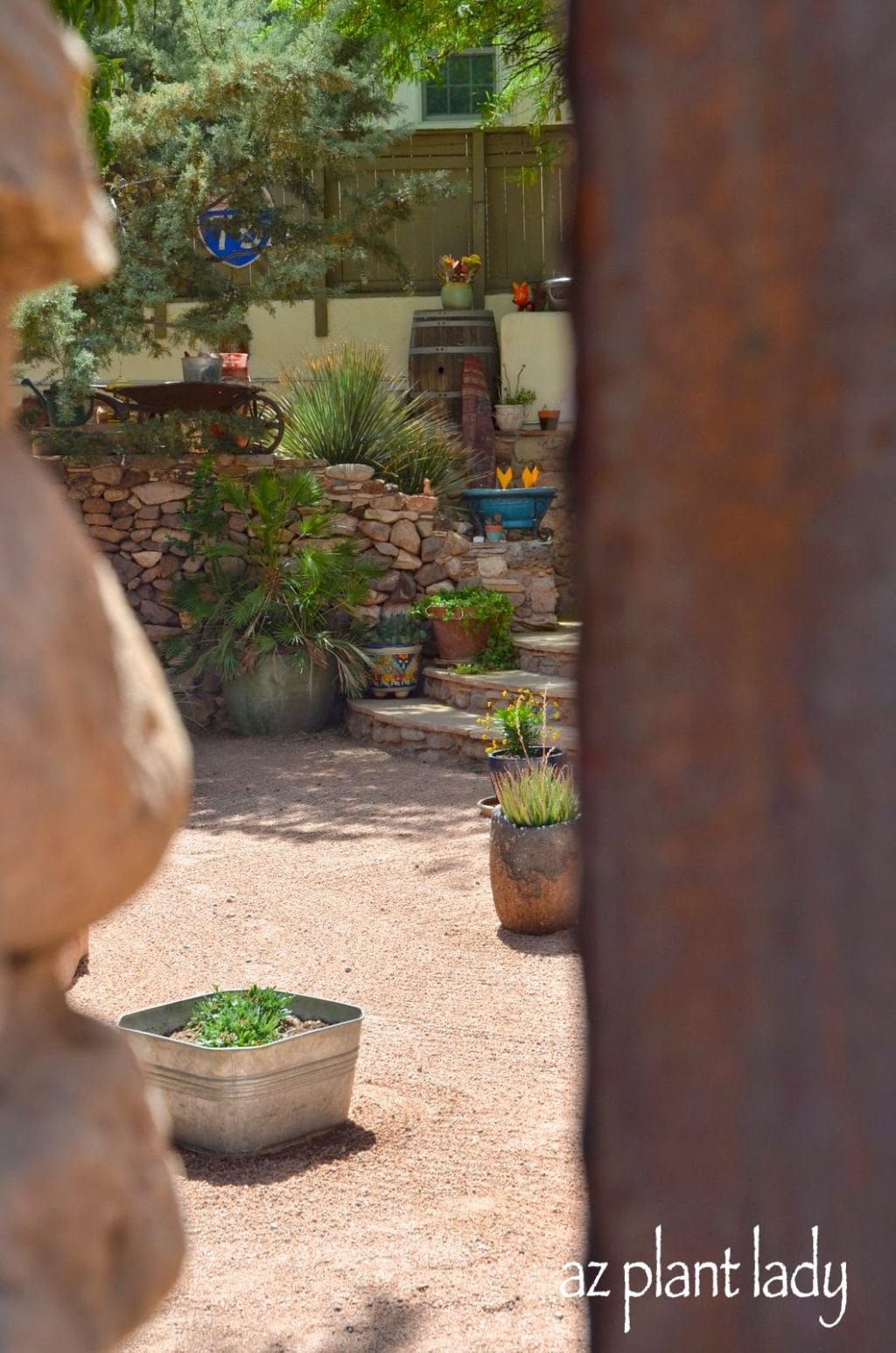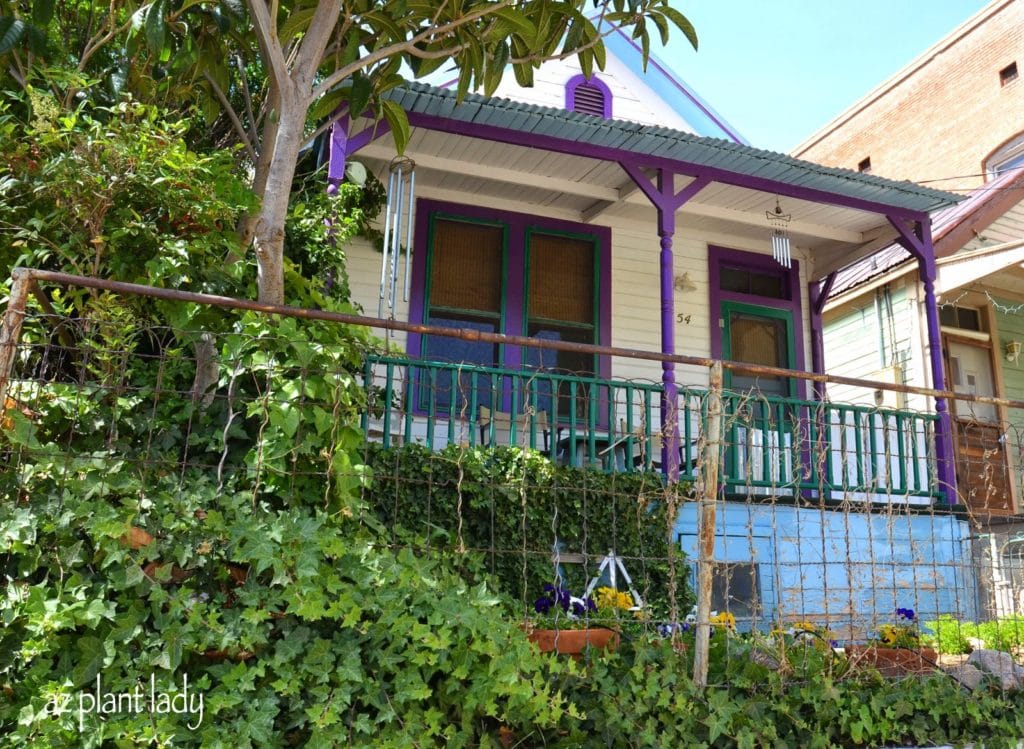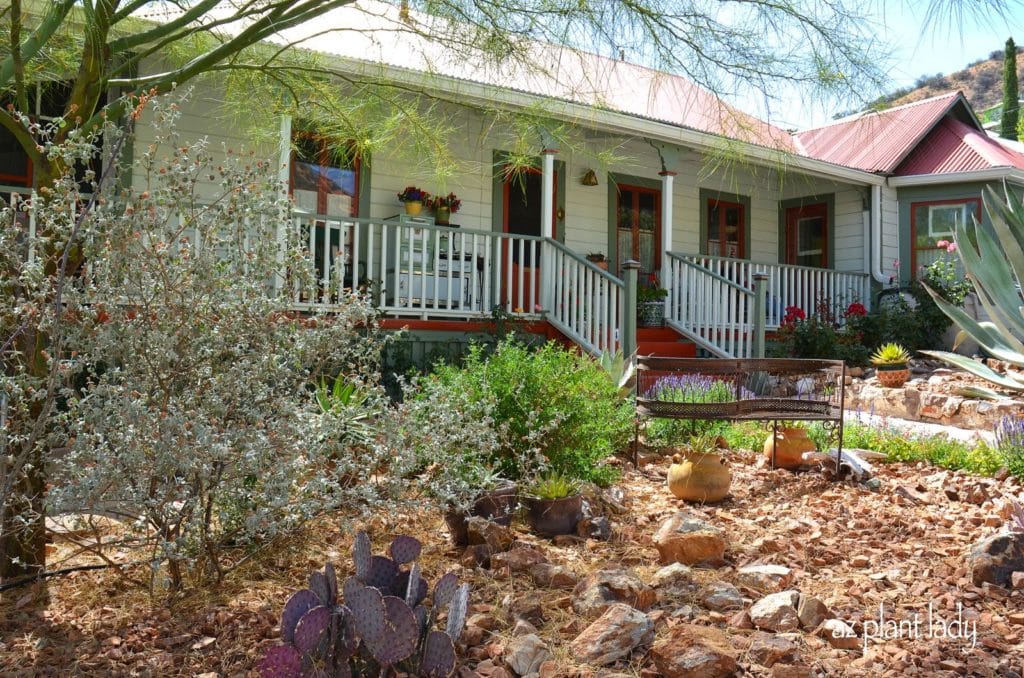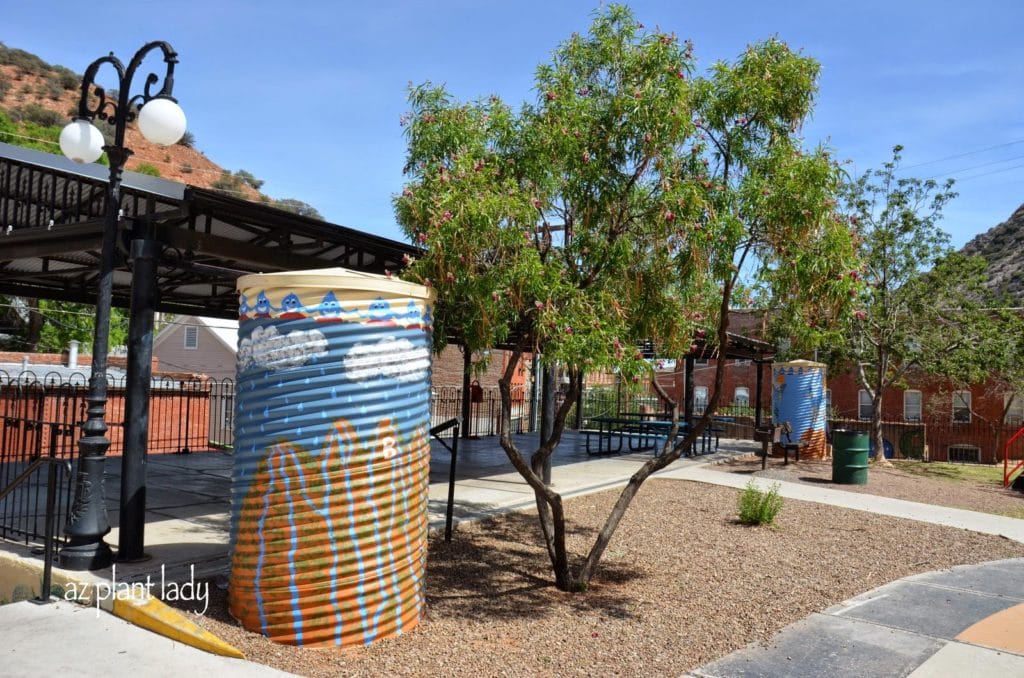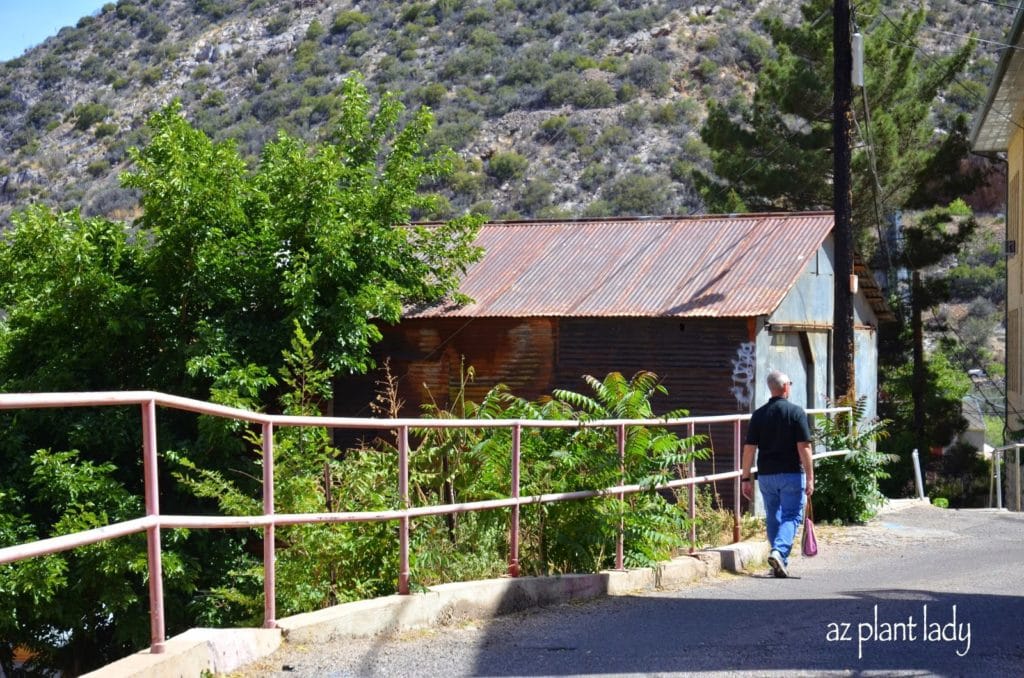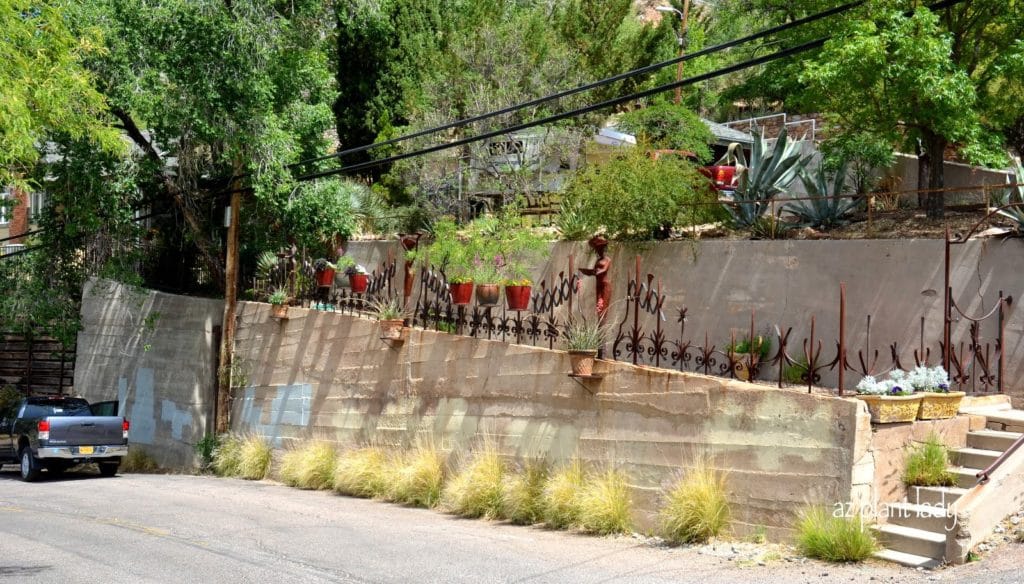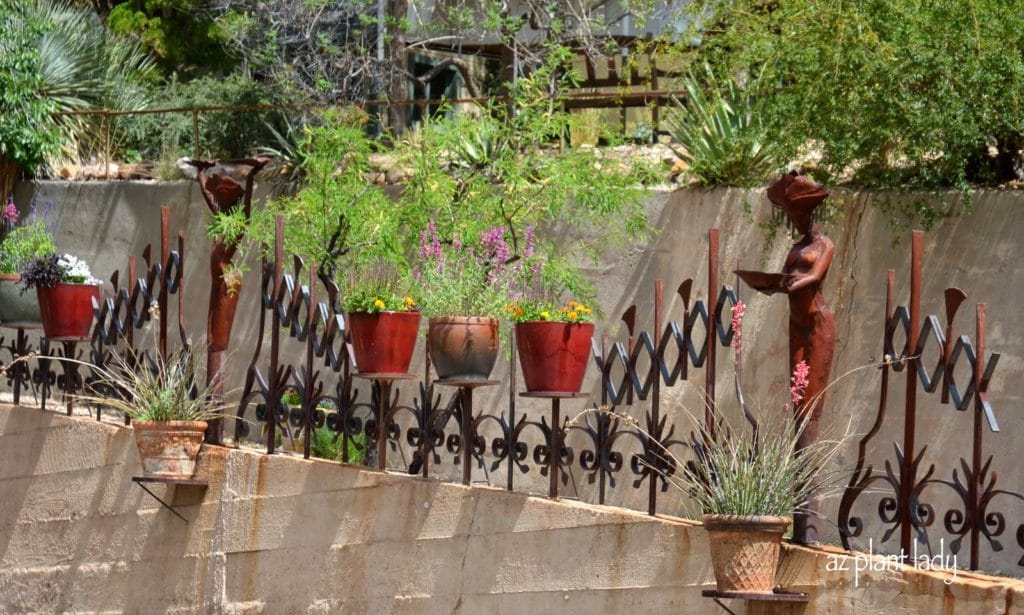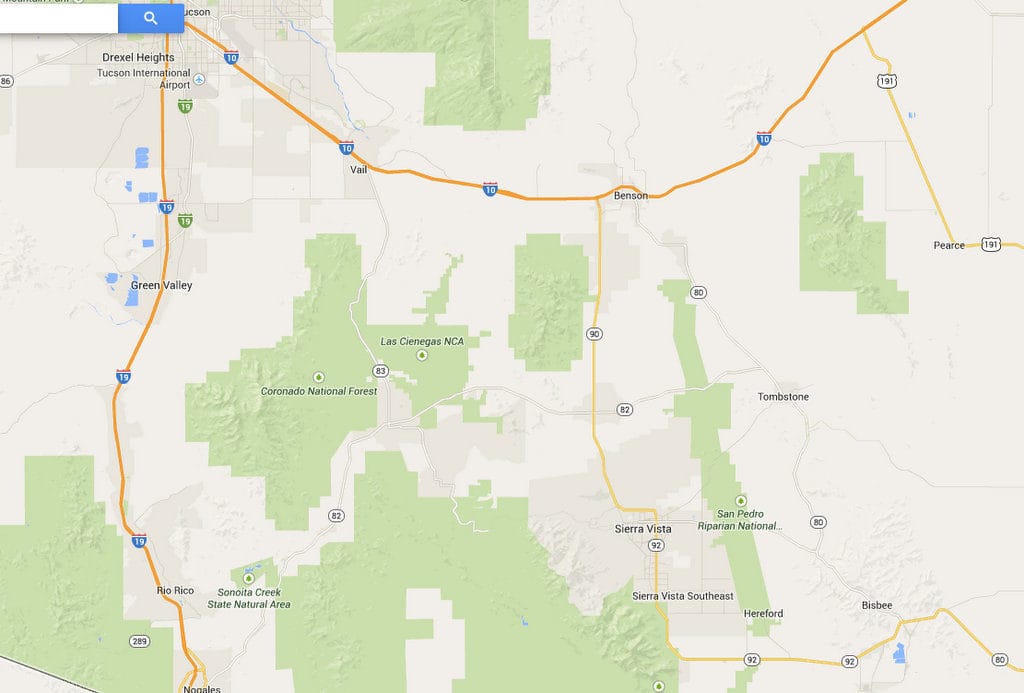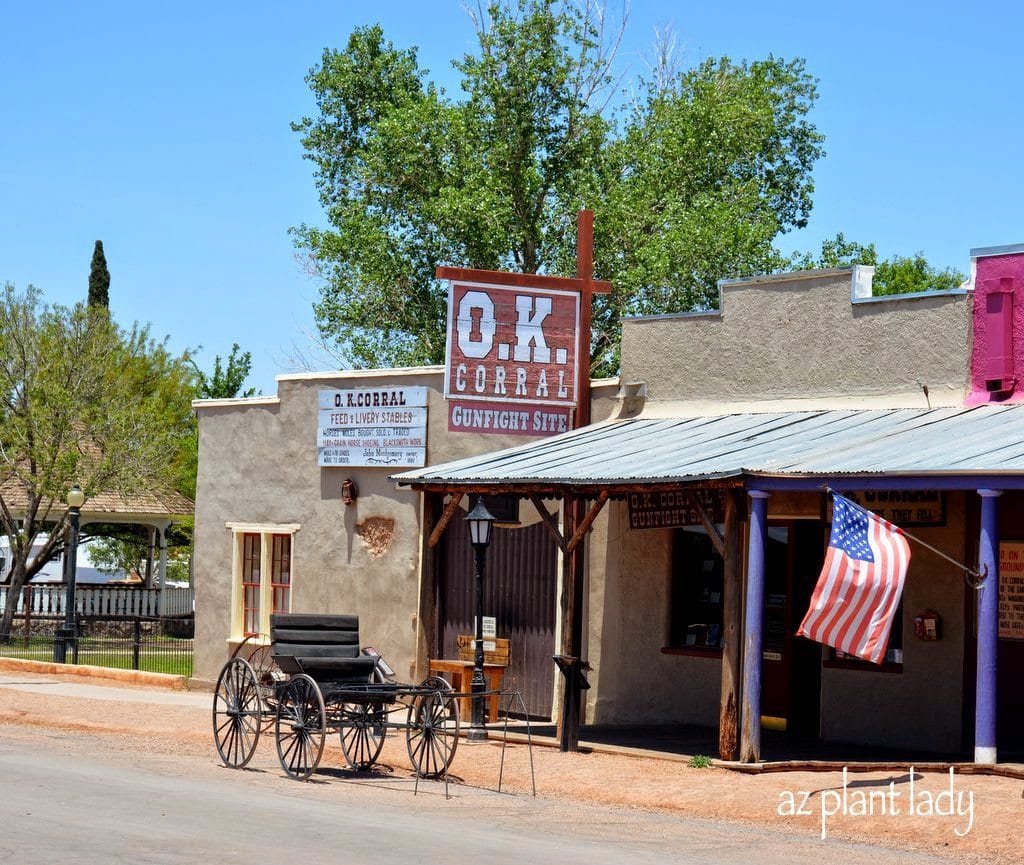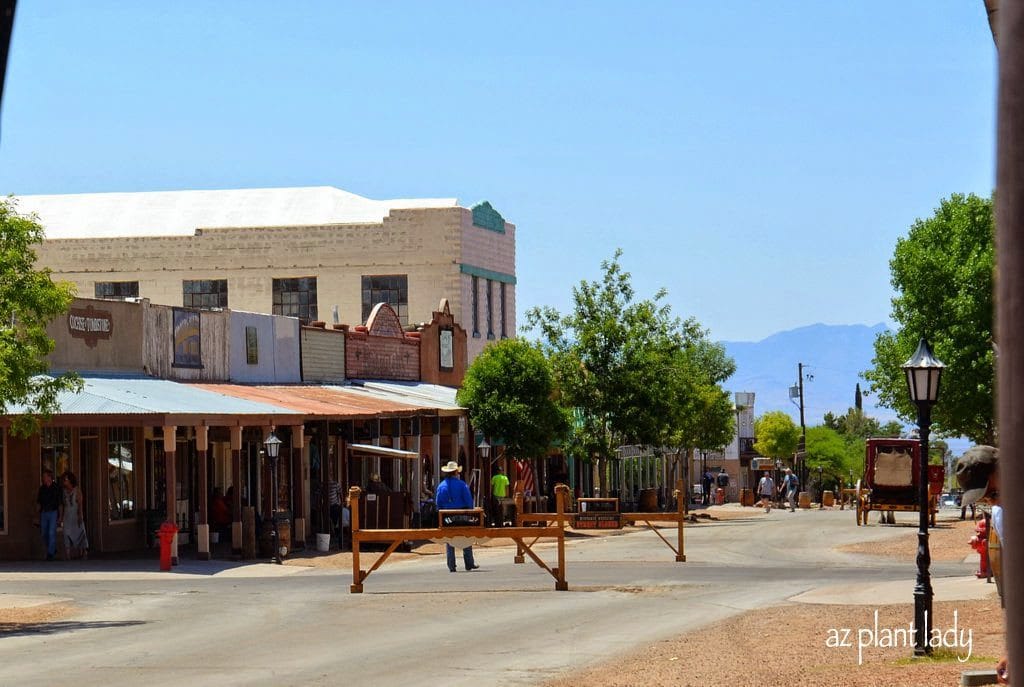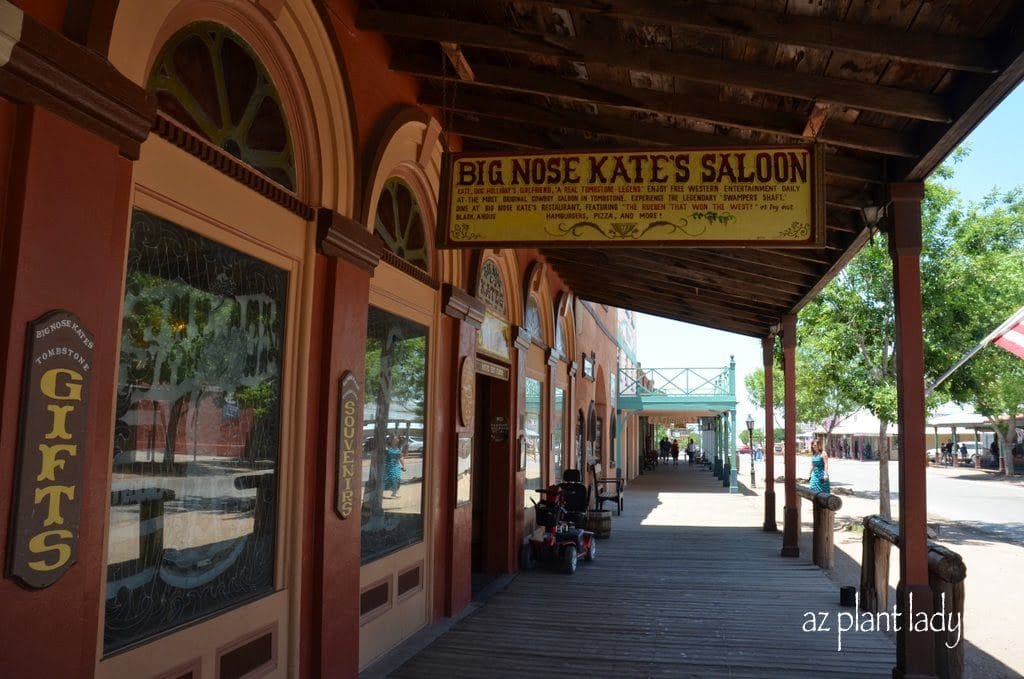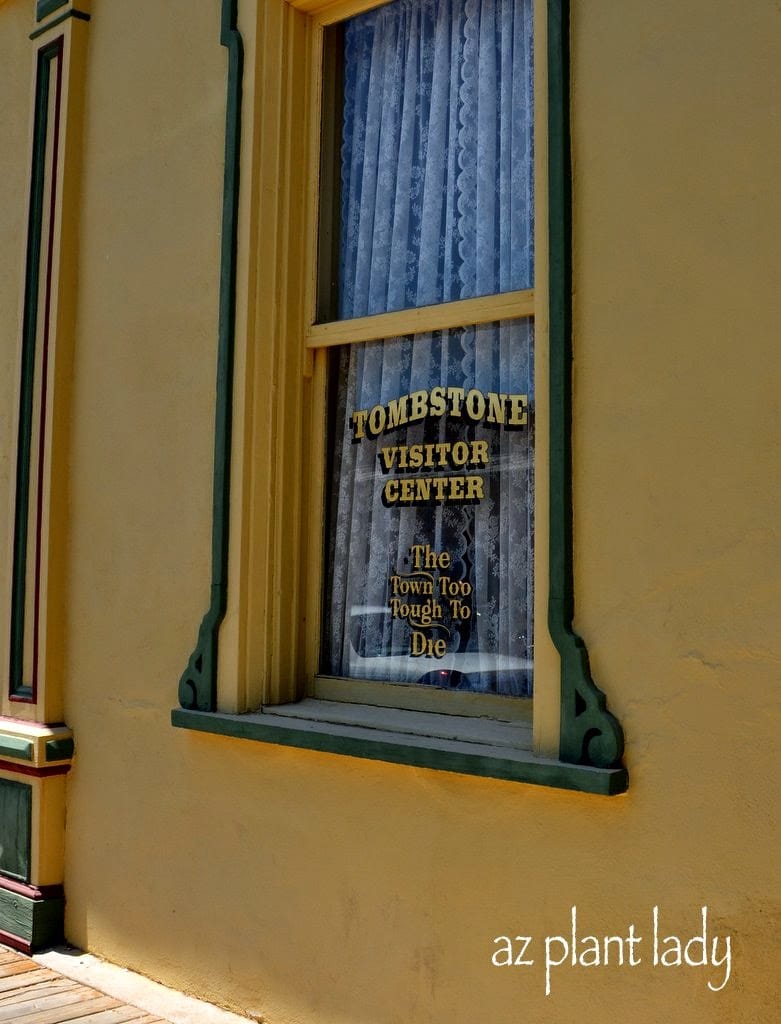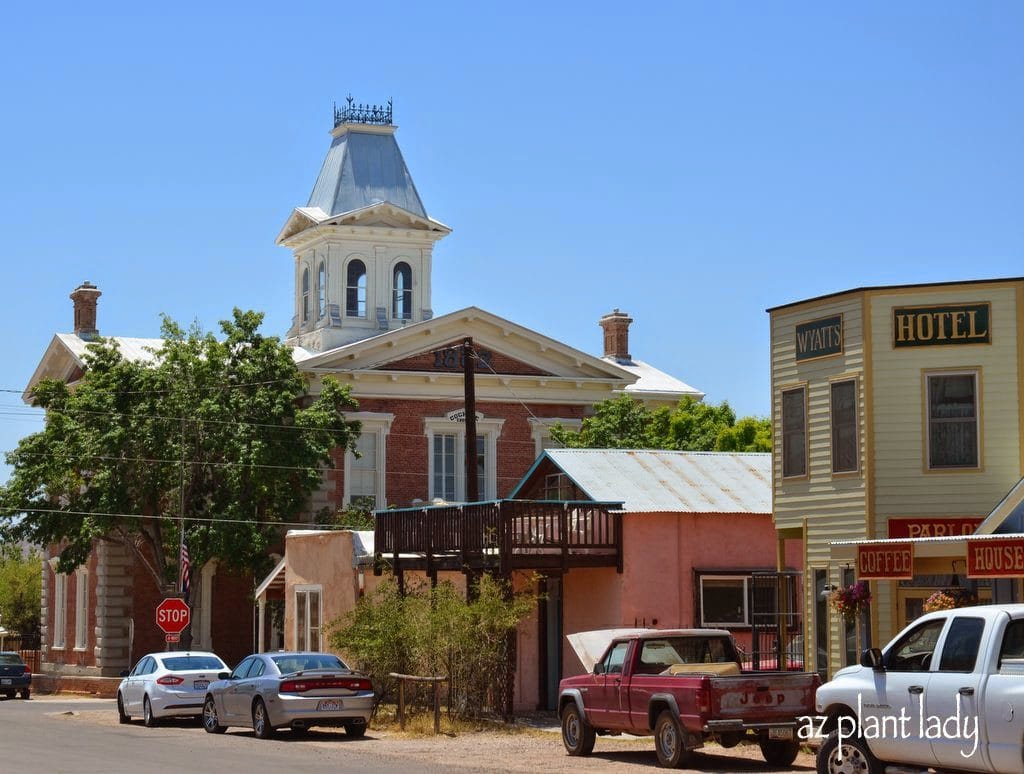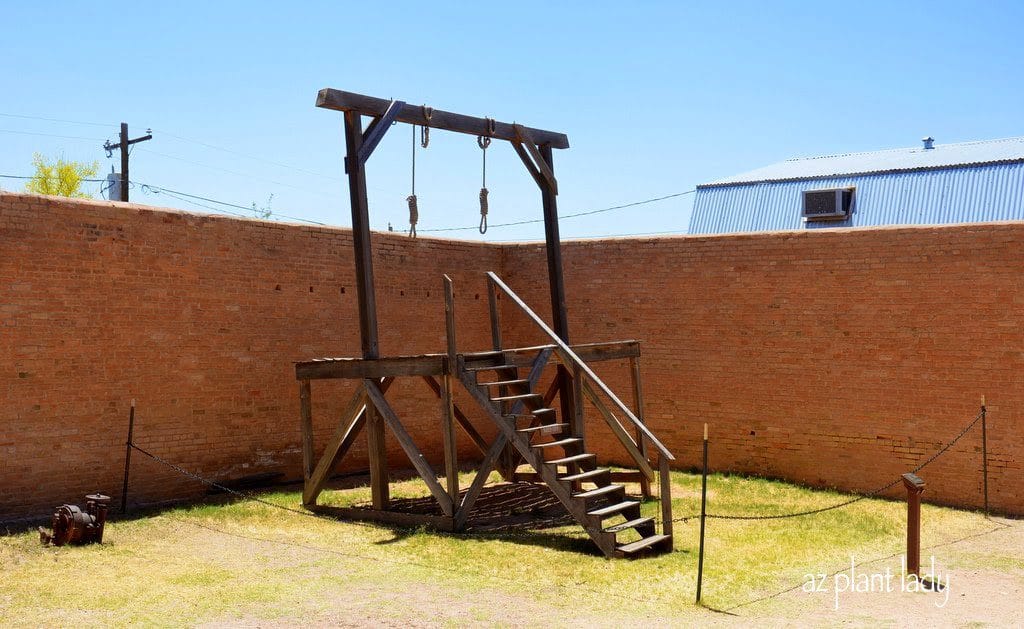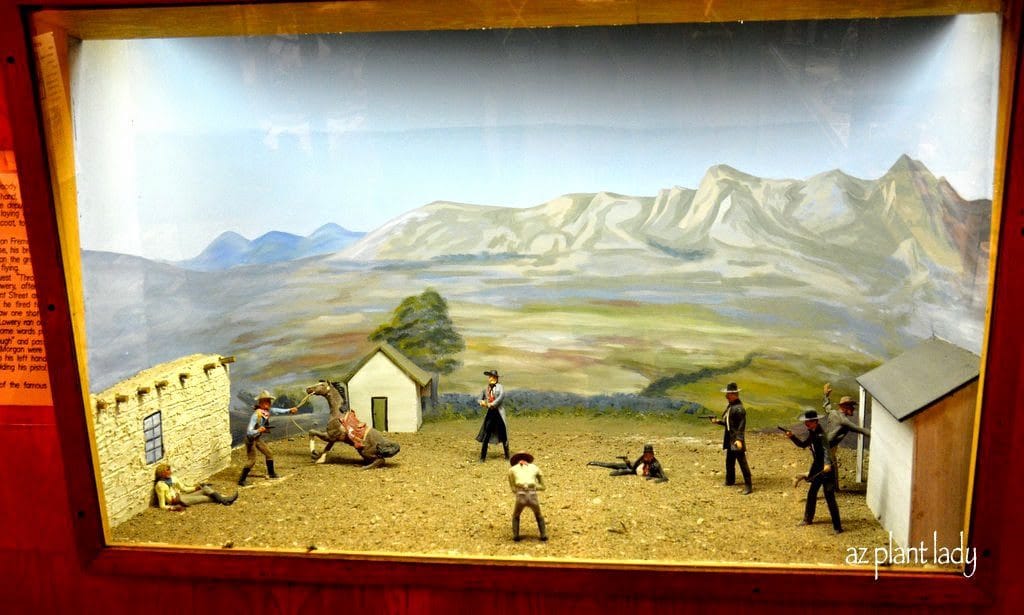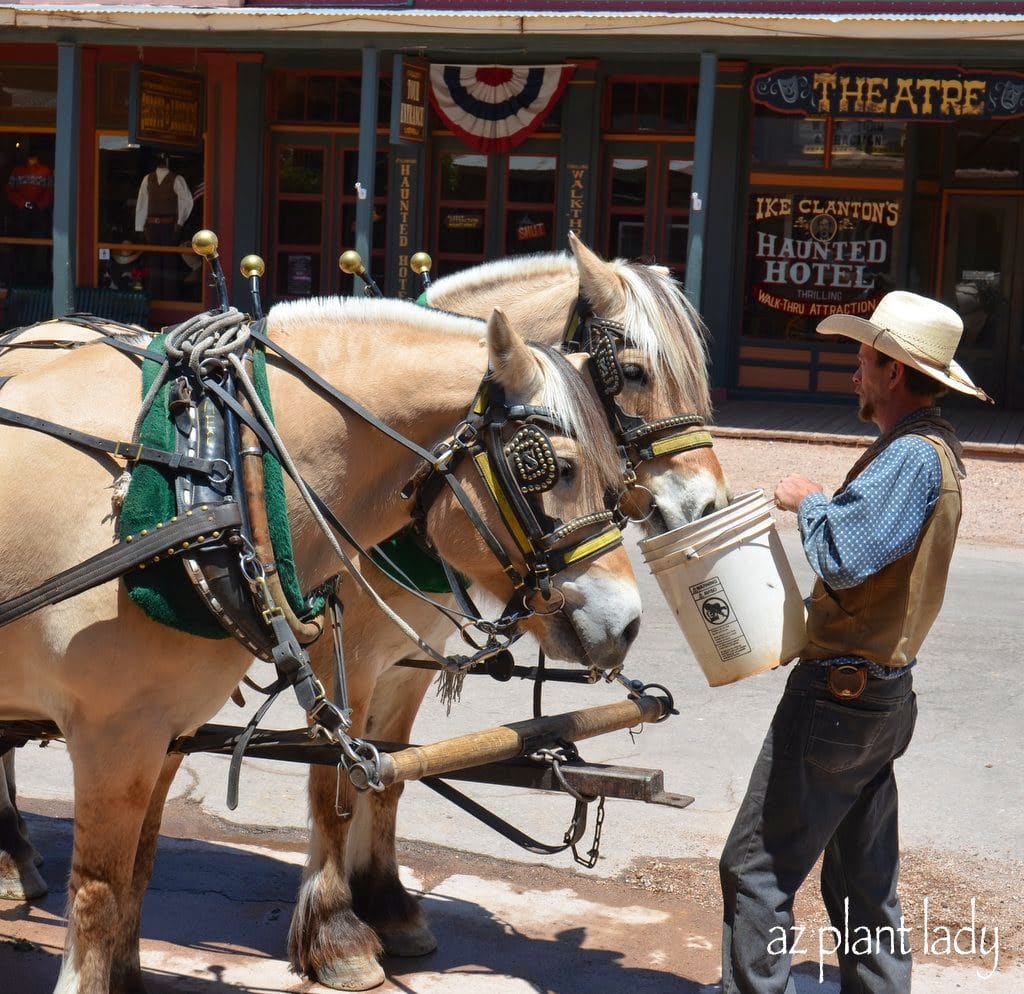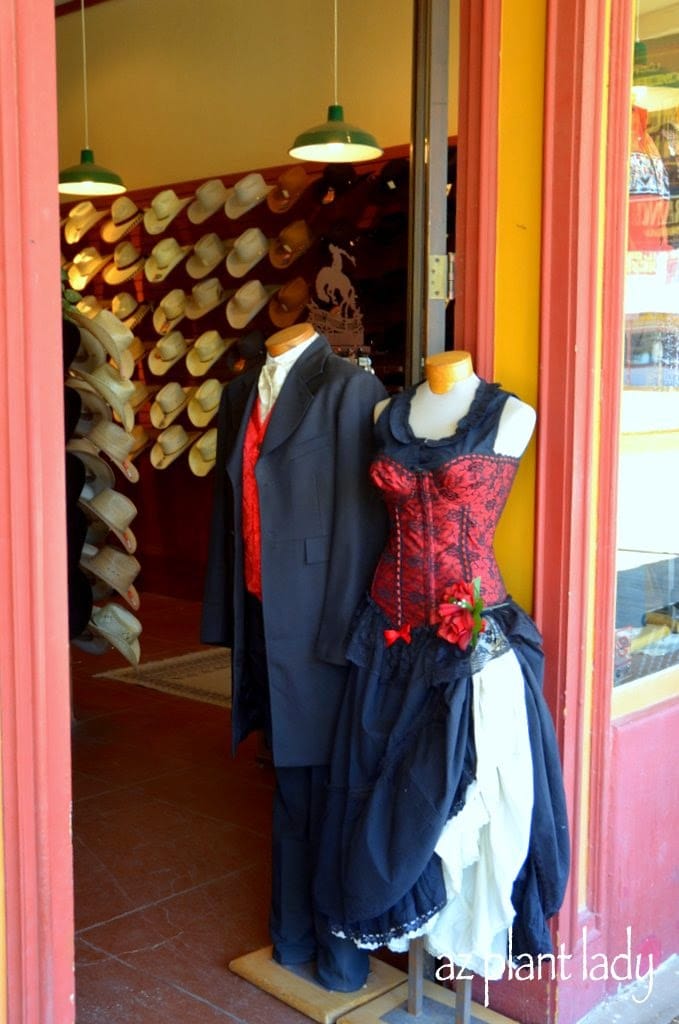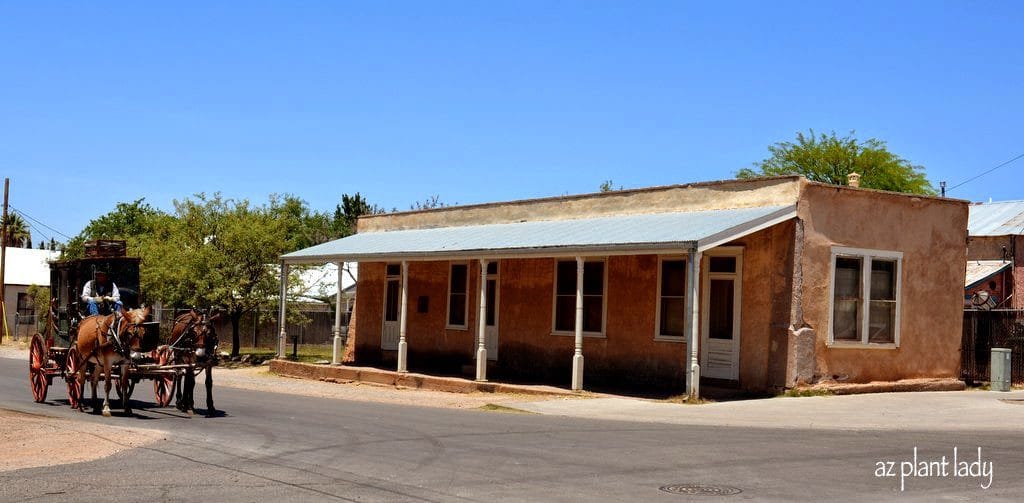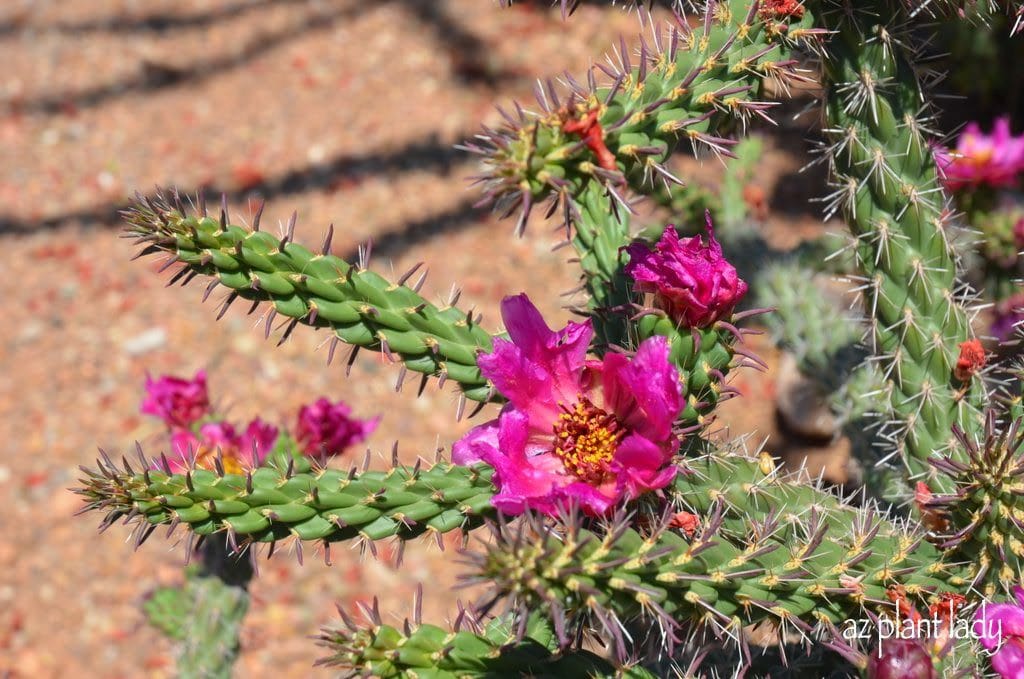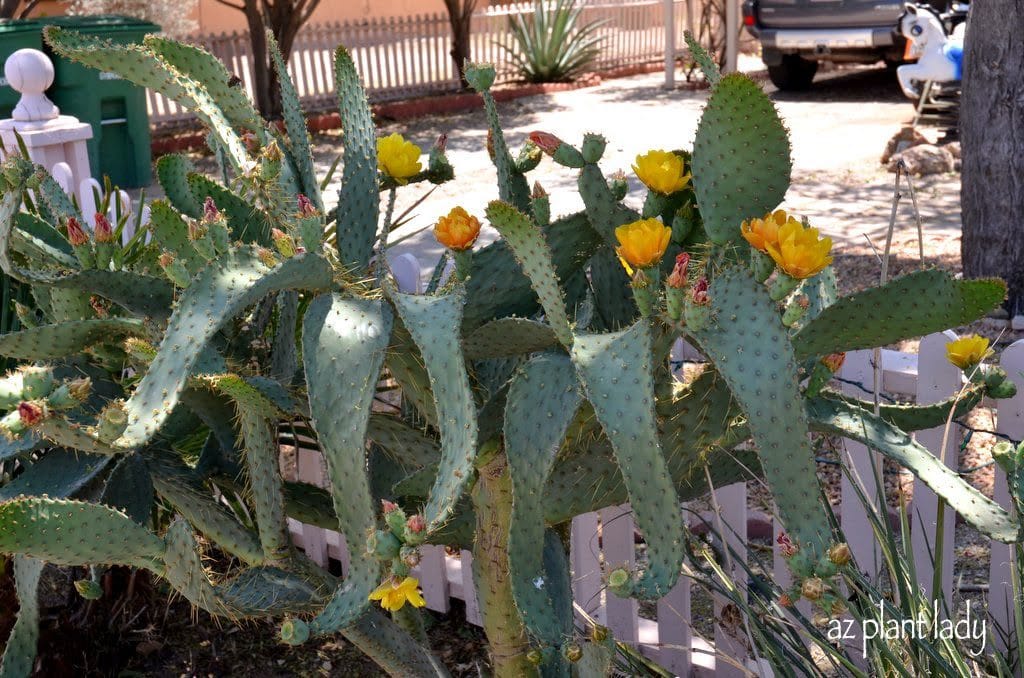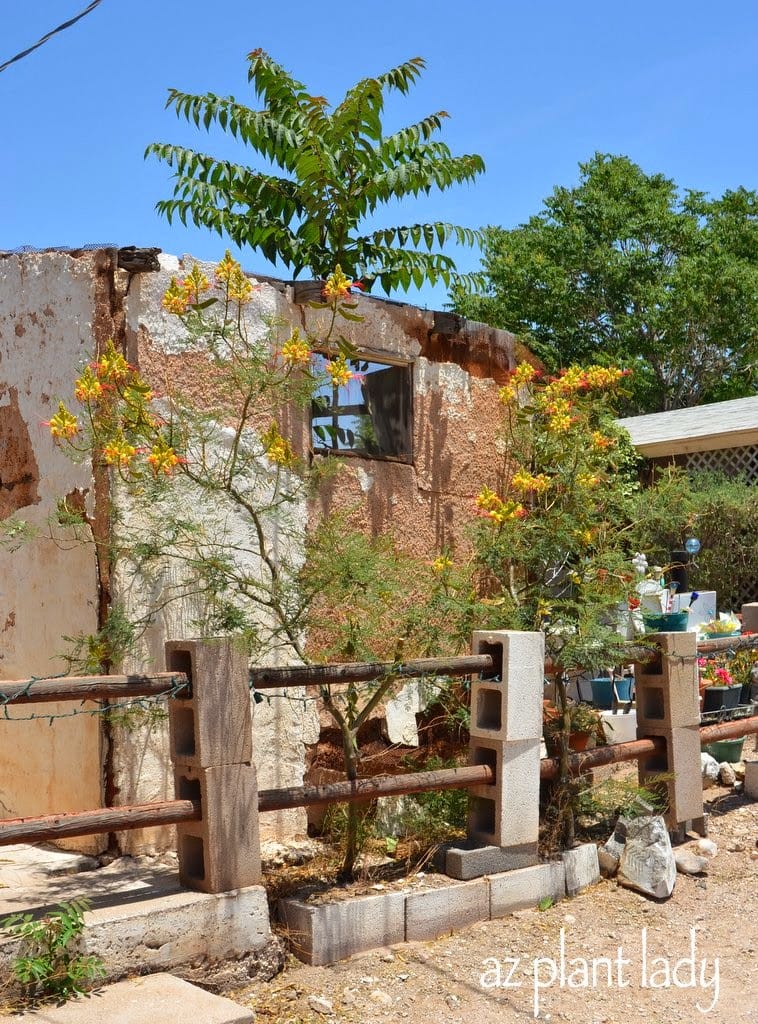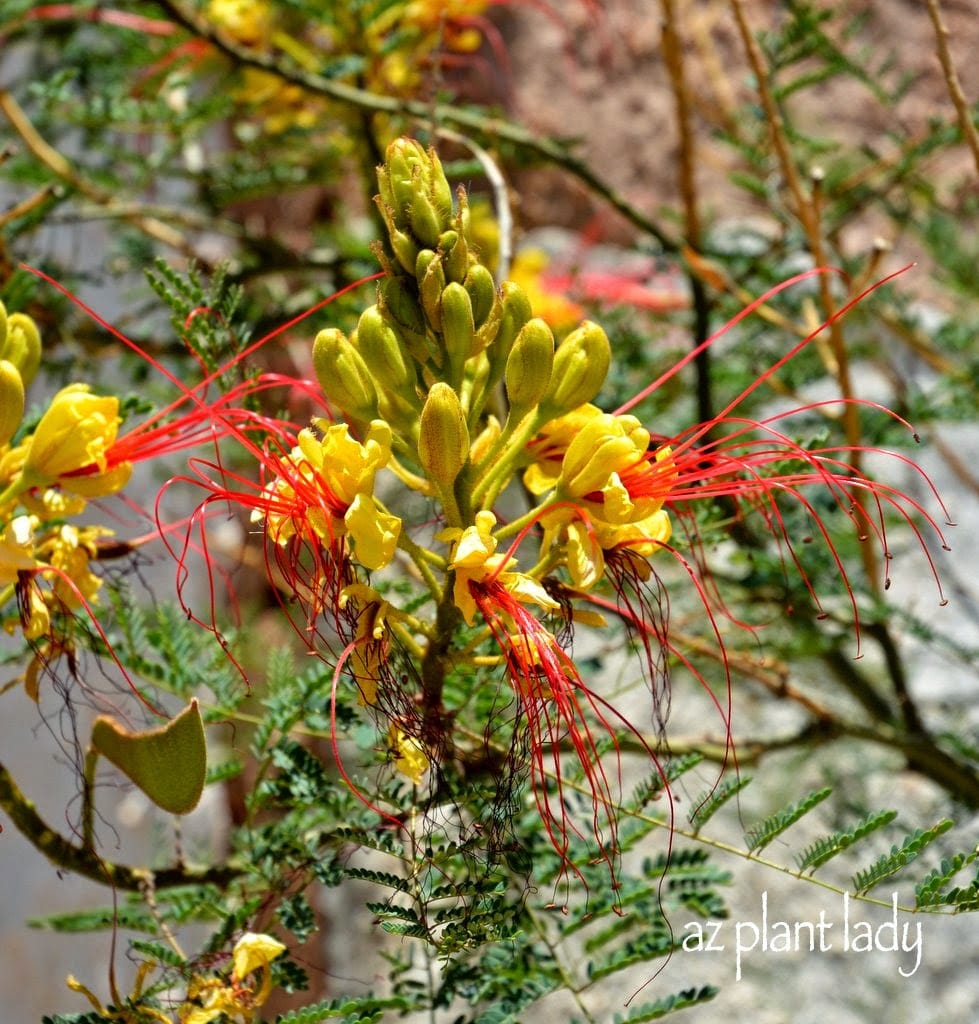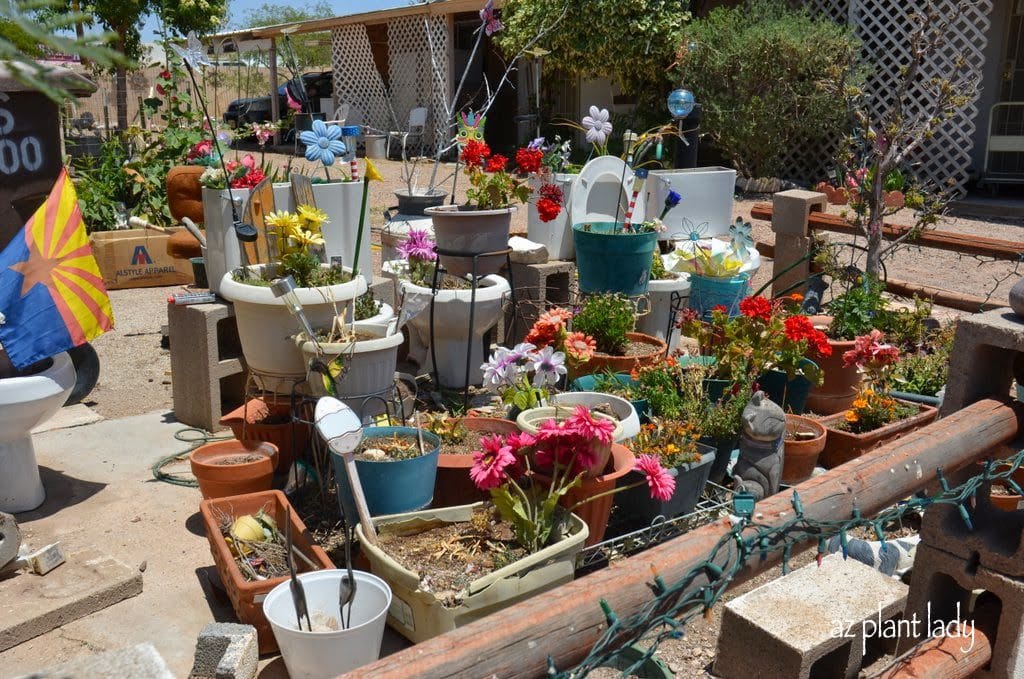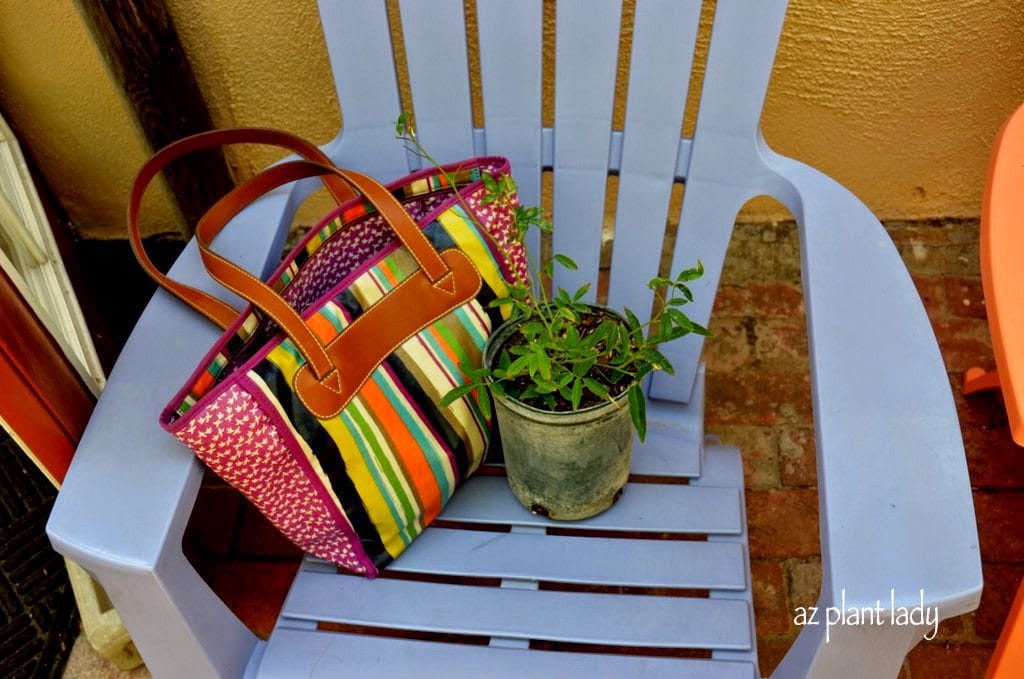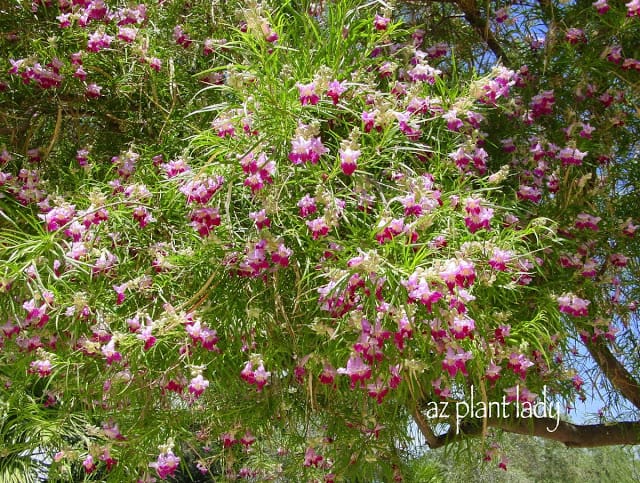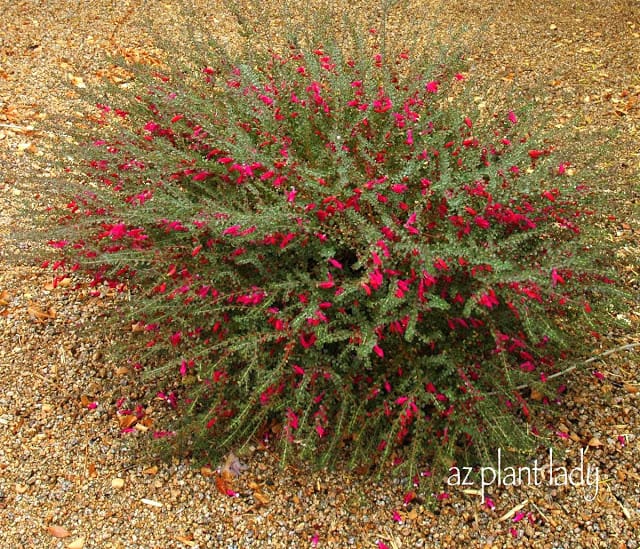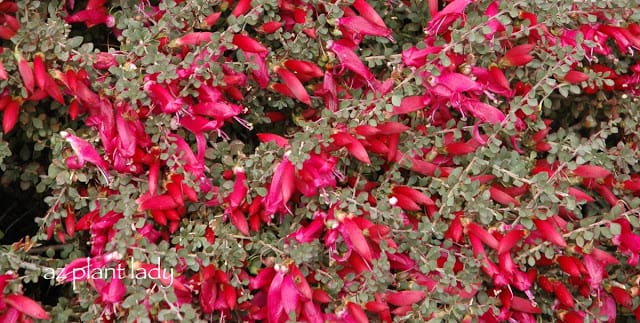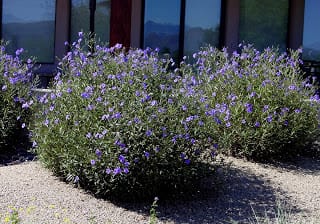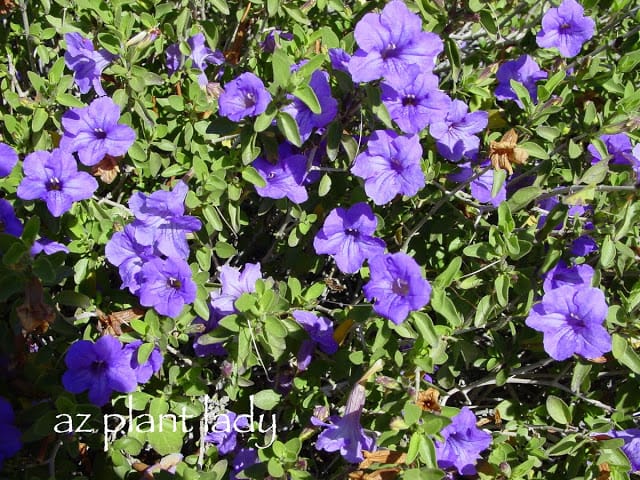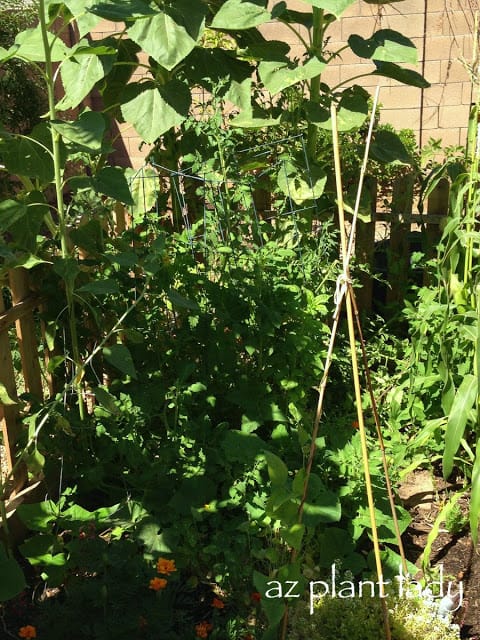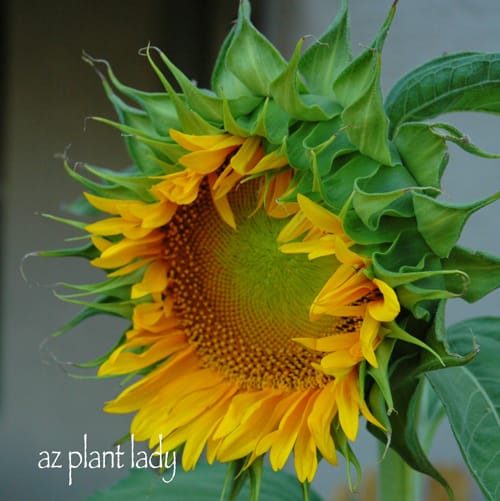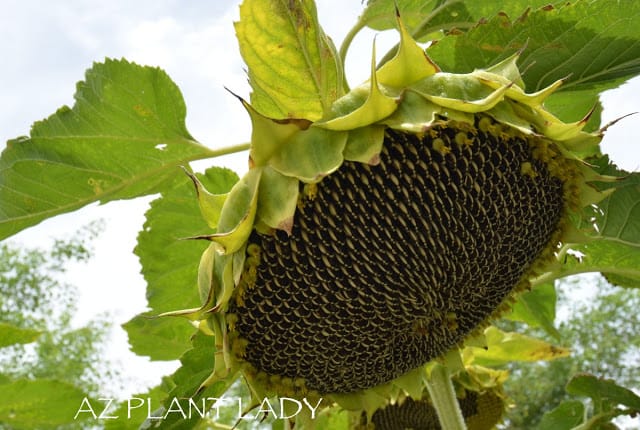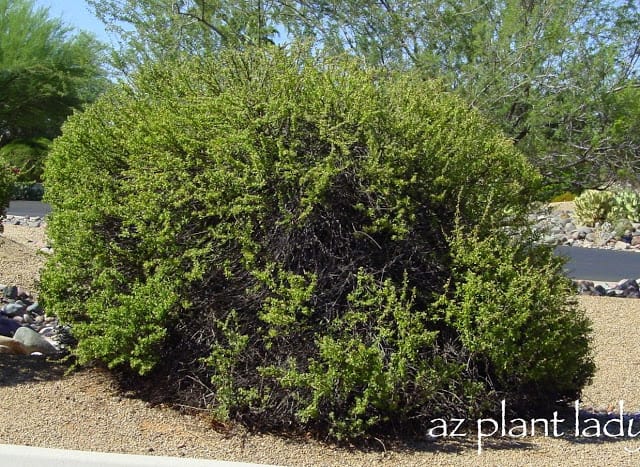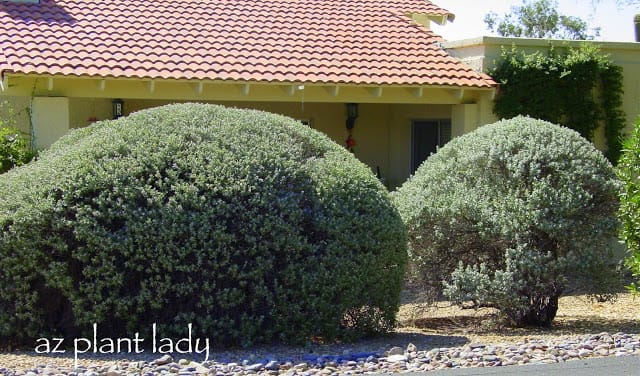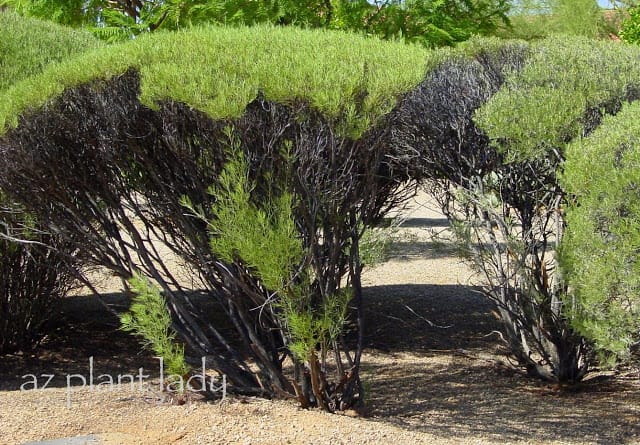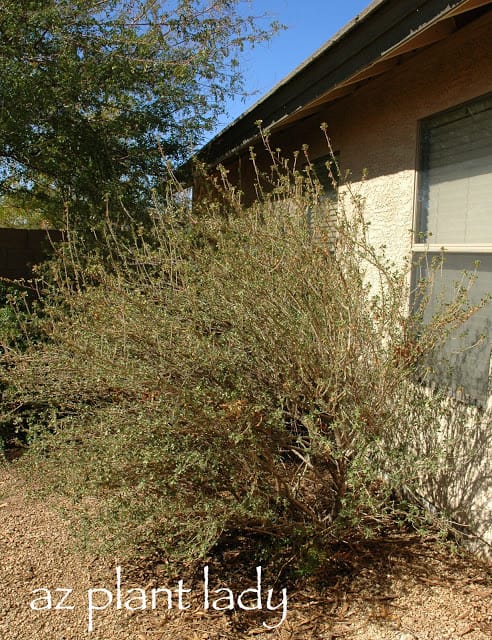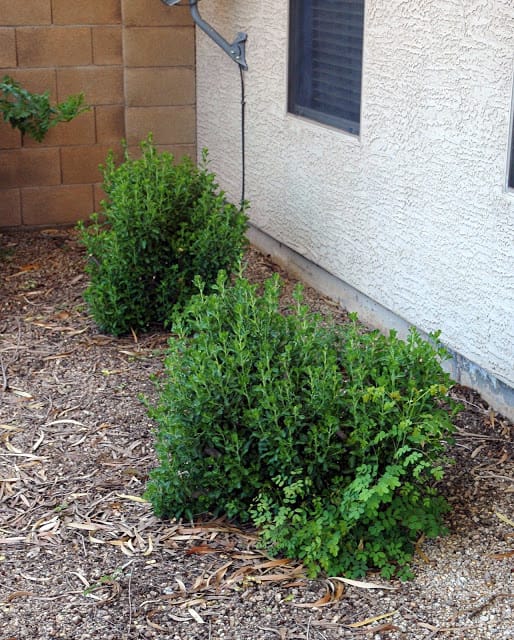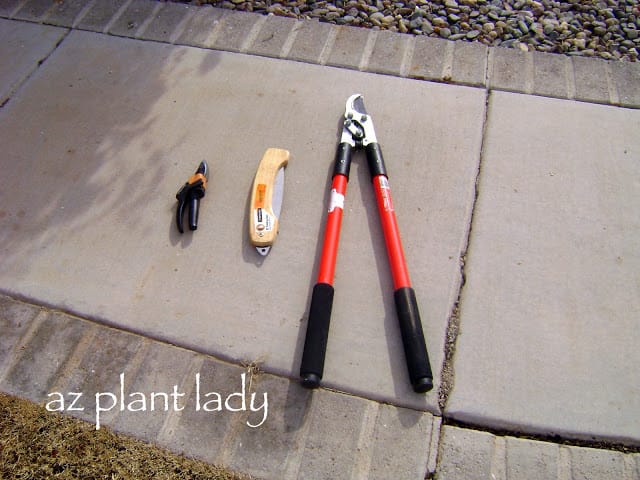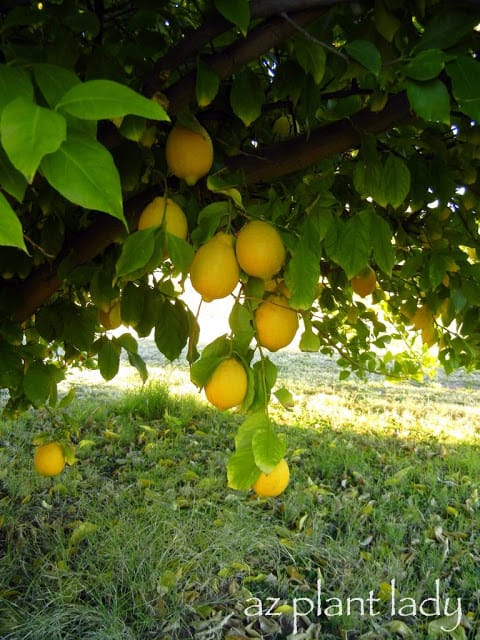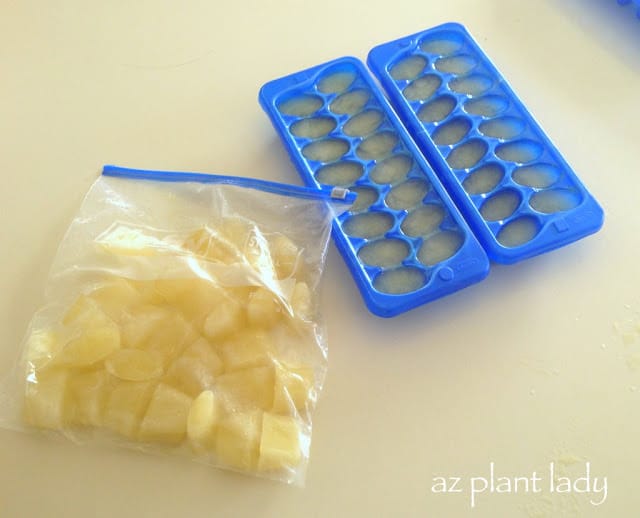Do you love hummingbirds? If asked, most people would say that these tiny birds are among their favorite bird species.
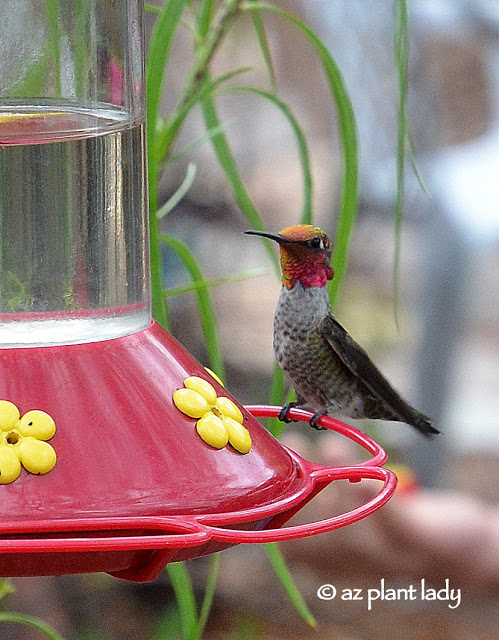
Anna’s Hummingbird whose head and throat are covered in pollen.
I always pause whatever I’m doing whenever I see a hummingbird nearby as I marvel at their small size along with their brilliant colors and flying antics.
Last weekend, I enjoyed an unforgettable experience observing and learning about hummingbirds at the annual Hummingbird Festival, in beautiful Sedona, Arizona.

At the festival, I gave two presentations on small space hummingbird gardening, showing people how they could create a mini-hummingbird garden in a container.
When I wasn’t speaking, I was enjoying the garden tour, visiting local hummingbird gardens along with attending other lectures given by noted hummingbird experts.
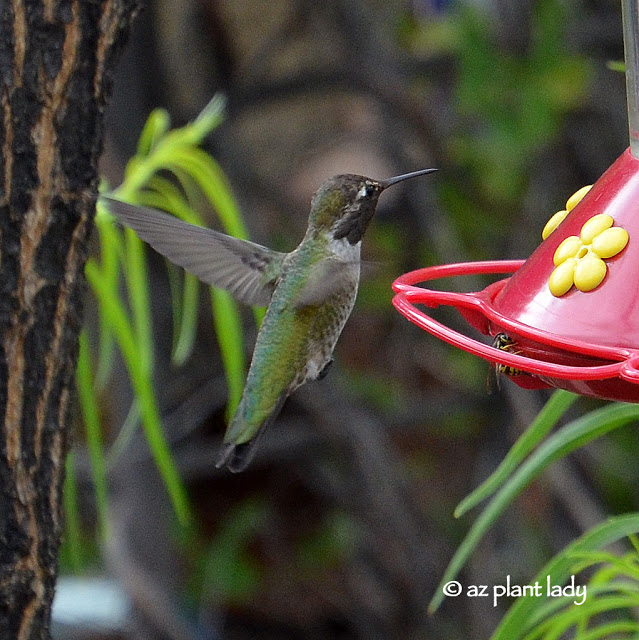
While there were wonderful events throughout the weekend, this was one particular event that I’ll never forget.
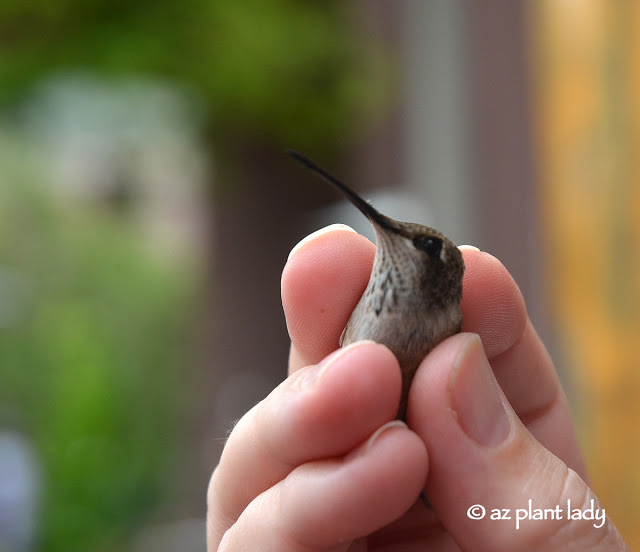
Immature Male Black-Chinned Hummingbird
Imagine being able to observe hummingbirds up close being banded and re-released. It really is as incredible as it sounds! In fact, I was able to hold and release a hummingbird myself!
So, what is hummingbird banding?
Hummingbirds are captured, tagged and re-released and is done to track hummingbird migration, the age and health of hummingbirds.
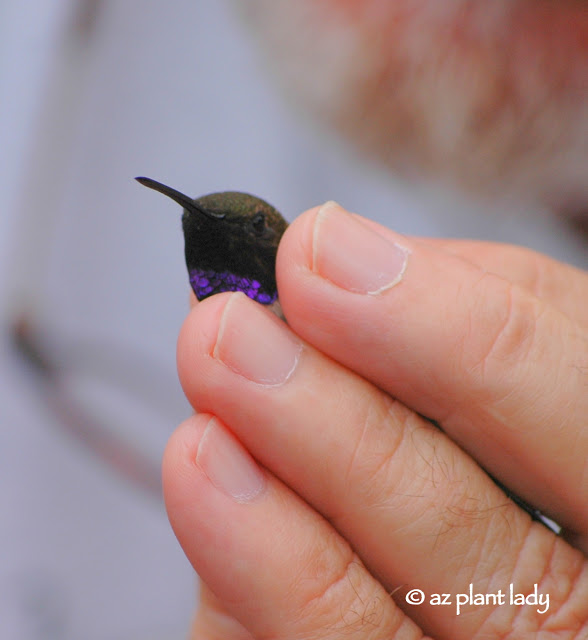
Mature Black-Chinned Hummingbird
This hummingbird banding site was located in the backyard of a home in Sedona.
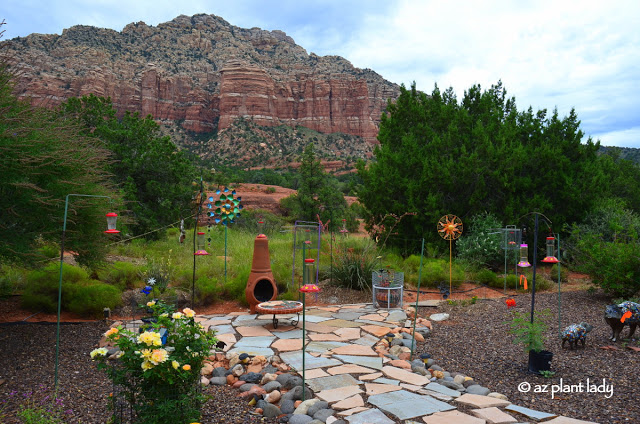
Multiple hummingbird feeders are set out to attract a large number of hummingbirds.
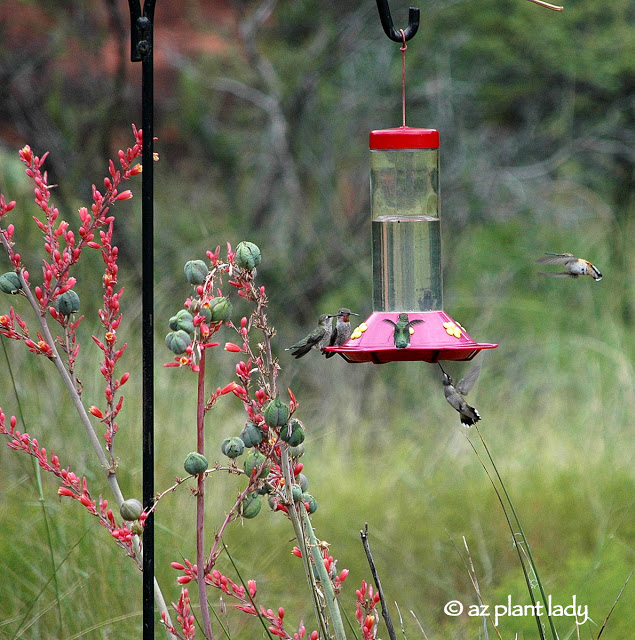
A few of the feeders are inside of cages with openings for hummingbirds to enter.
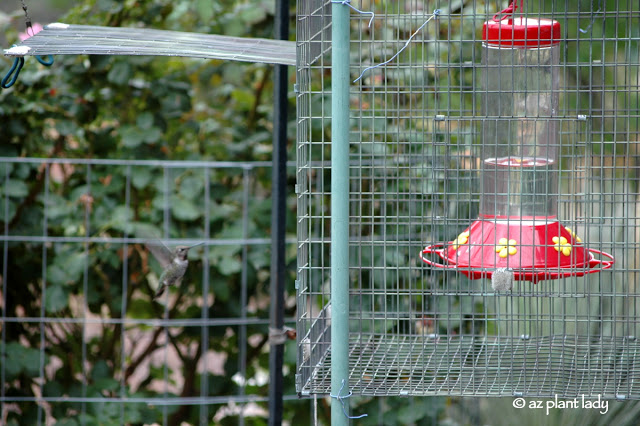
A hummingbird enters to feed from the feeder.
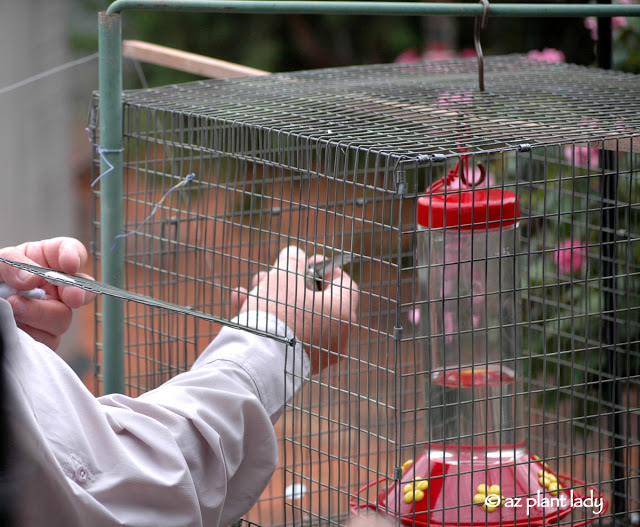
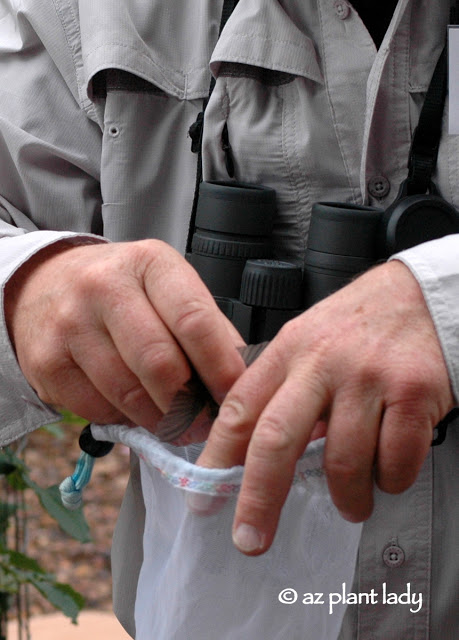
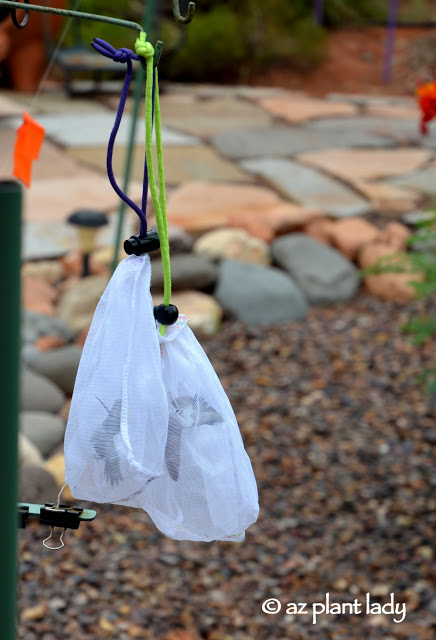
Each little hummer is carefully put into a mesh bag in order to safely transport it to the nearby table to be examined and banded.
It’s important to note this process does no harm to them and it is a very quick.
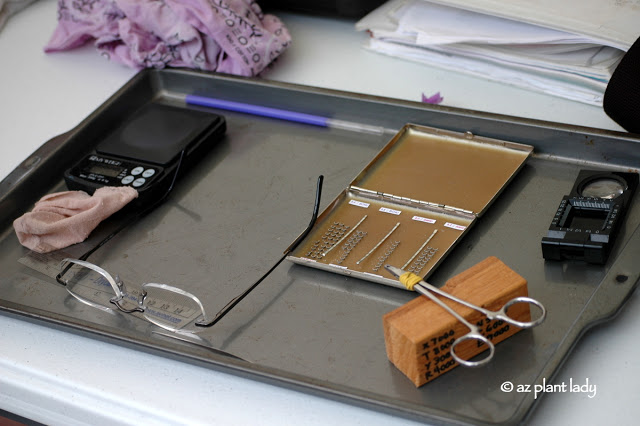
The tools needed for banding hummingbirds.
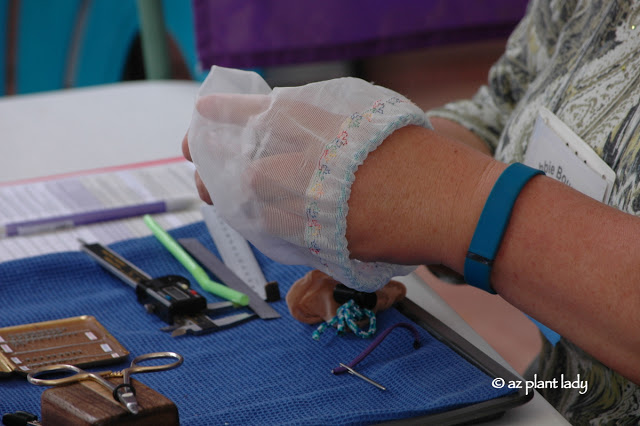
The birds are carefully removed from the bag and the process begins.
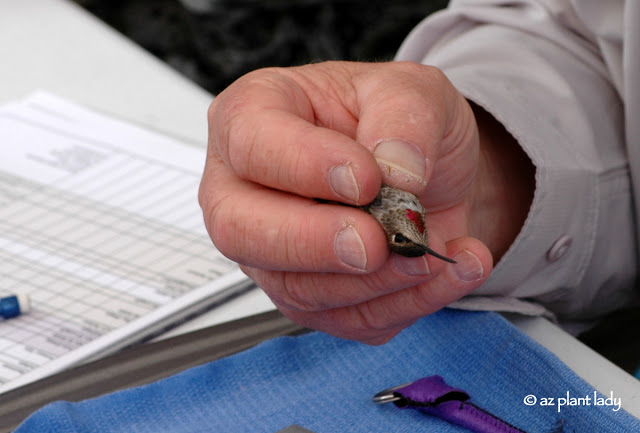
Young male Anna’s hummingbird.
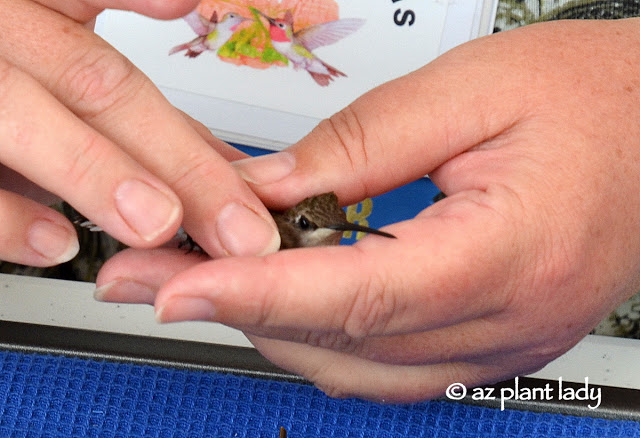
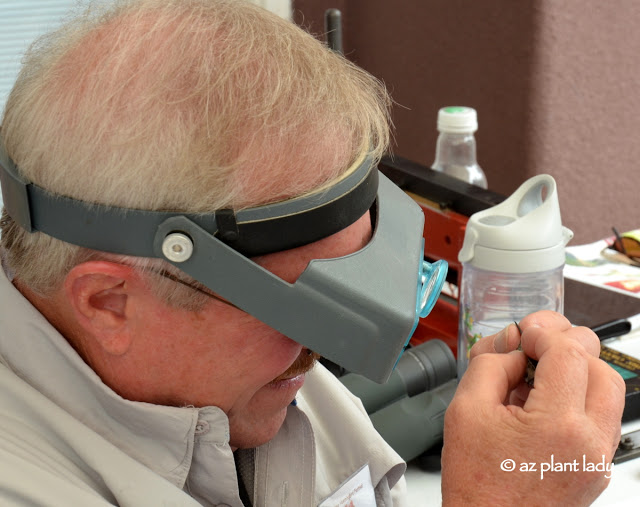
They are carefully inspected for general health and to identify the species of hummingbird. On this day – Anna’s, Black-Chinned and Costa’s hummingbirds were seen.
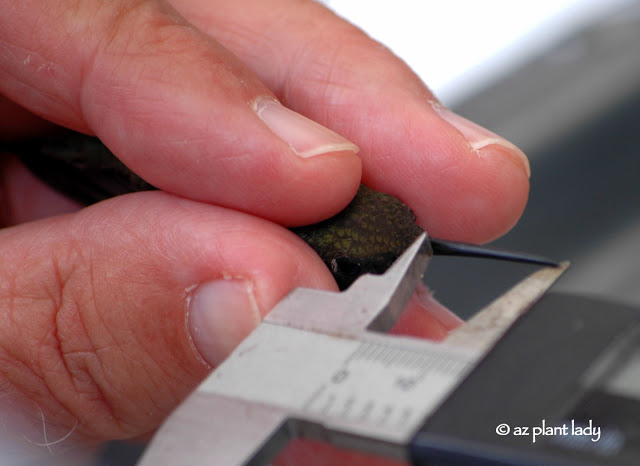
Measurements of the beak and feathers are taken to determine the age.
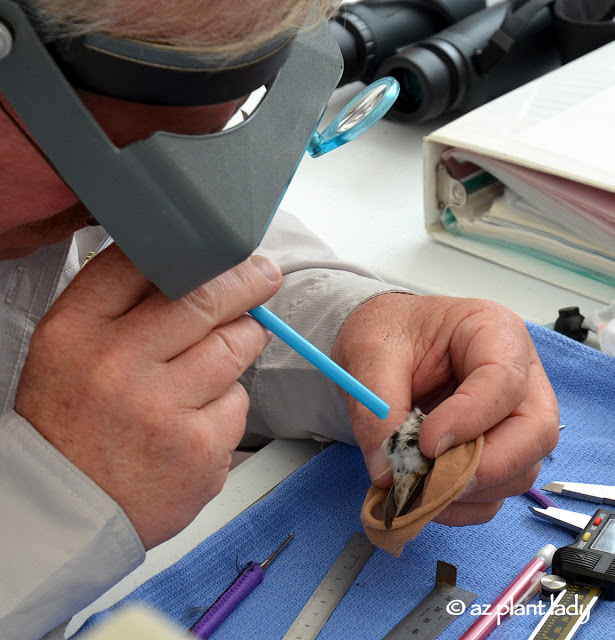
Feathers on the underside are softly blown with a straw in order to see how much (or how little) fat a hummingbird has. A little fat indicates that a hummingbird is getting ready to migrate.

Special eyewear is required for the banders to see what they are doing with these tiny birds.
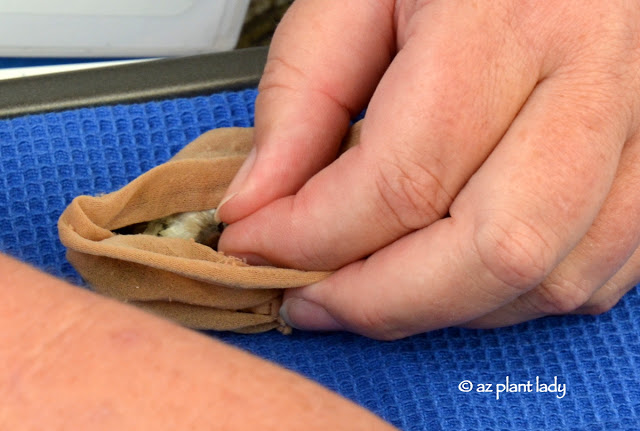
For the banding process itself, hummingbirds are placed in a nylon stocking so that one of their legs is more easily manipulated.
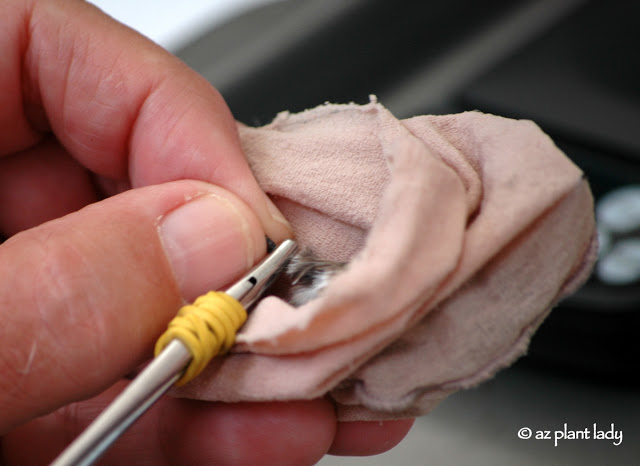
The small band is carefully placed on the leg.
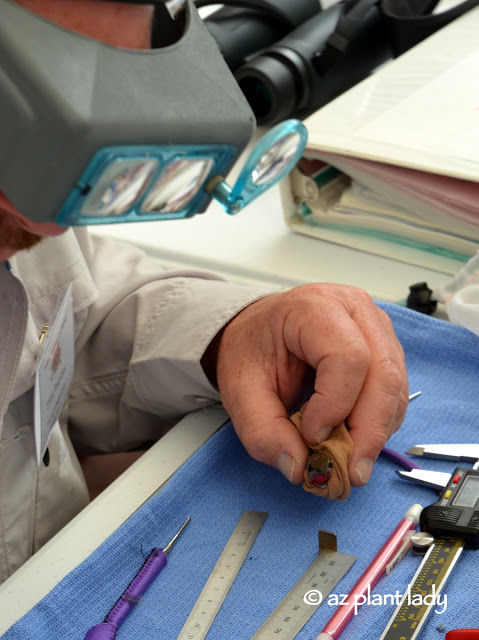
As you might expect, it isn’t easy to band hummingbirds because of their tiny size – the bands themselves are so small that they fit around a toothpick. In fact, hummingbird banding is a highly specialized job and there are only 150 people in the U.S. who have permits allowing them to band hummingbirds.
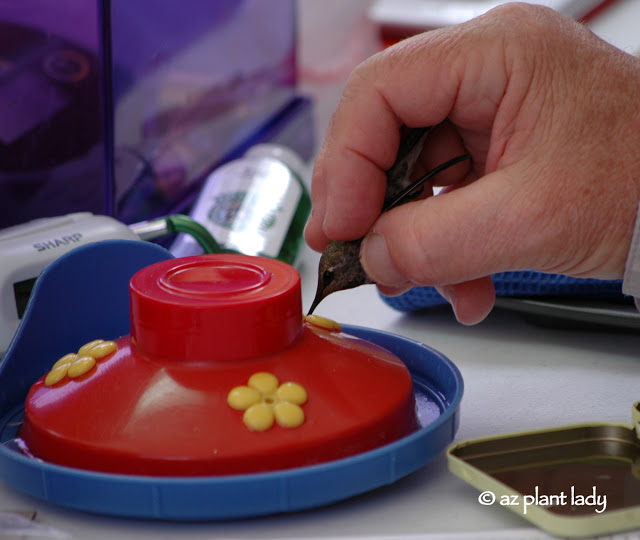
After the banding has been done, hummingbirds are given a drink of sugar water before being released.
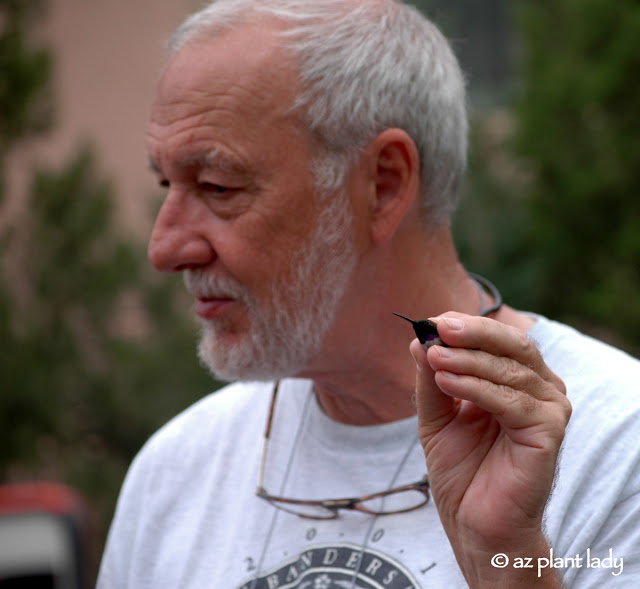
This hummingbird bander is from St. Louis, MO and was so excited to see his first Costa’s hummingbird (which aren’t found where he lives).
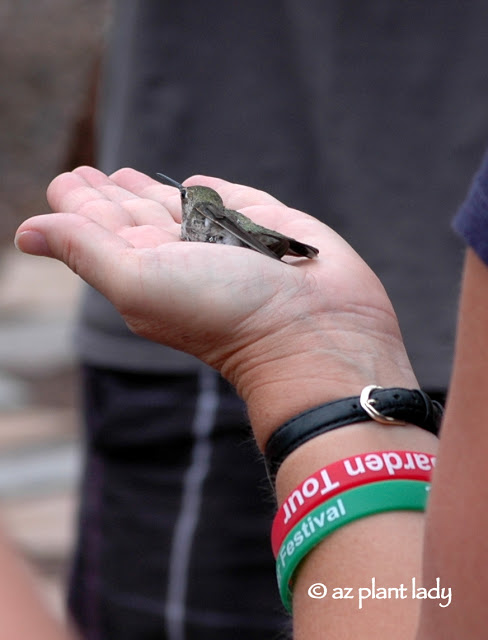
For me, the most exciting part is when observers have the opportunity to hold and release the newly-banded hummingbirds.
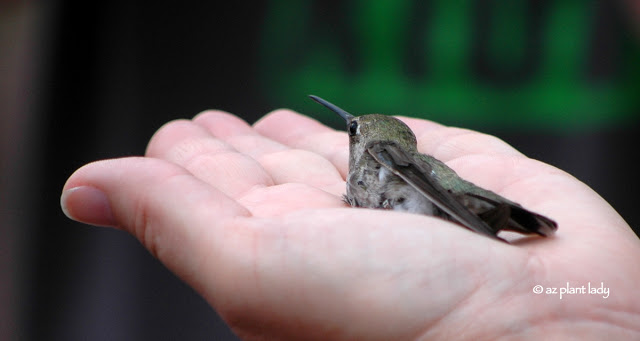
The hummingbirds would sit for a few seconds in the palm of your hand before flying off.
Holding a hummingbird in your hand is as amazing as you would expect! The hummingbird that I released was a young black-chinned hummingbird that had hatched earlier this year.
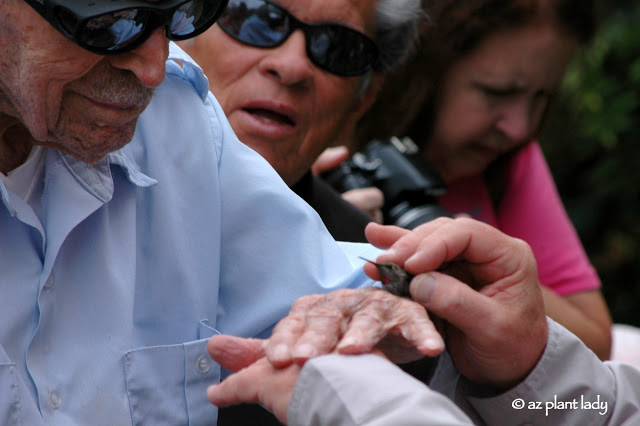
One of the observers who got to release a hummingbird was a gentleman who was 100 years old + 1 month old!
How wonderful to be able to experience new things at that age 🙂
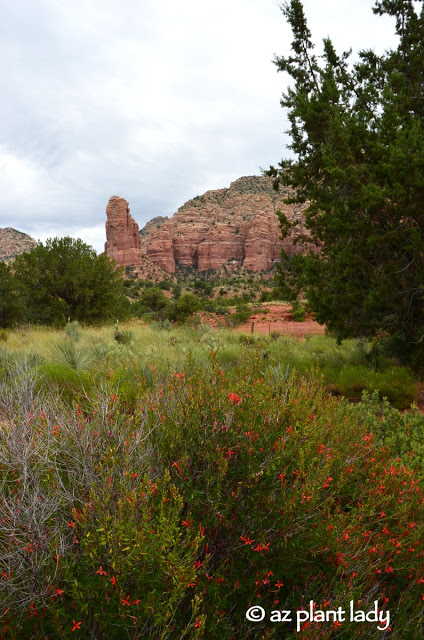
The garden where the banding was held was beautiful – especially with the backdrop of the red rocks of Sedona.
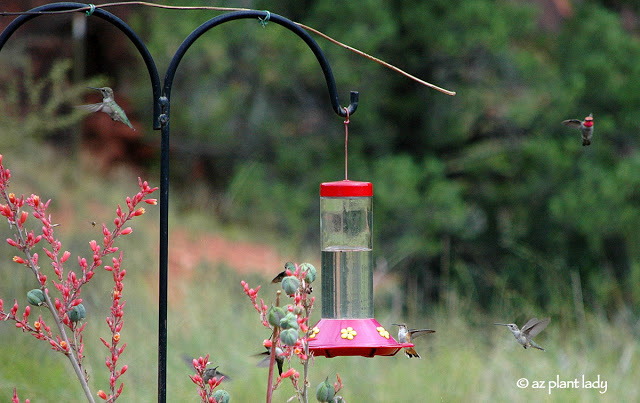
I must admit that I was equally split between observing the banding and watching the numerous hummingbirds feeding.
Can you tell how many hummingbirds are in the photo, above?
Seven!
I have got to add more hummingbird feeders to my own garden!
***********************
I am so grateful to the folks at the Hummingbird Society who put on a wonderful festival. I enjoyed speaking and learning about these wonderful “flying jewels”.
The festival is held every other year in Sedona, AZ. There were over 1,000 attendees this year. I highly encourage you to consider attending this special event next year.
A Butterfly / Hummingbird Garden Finished!


